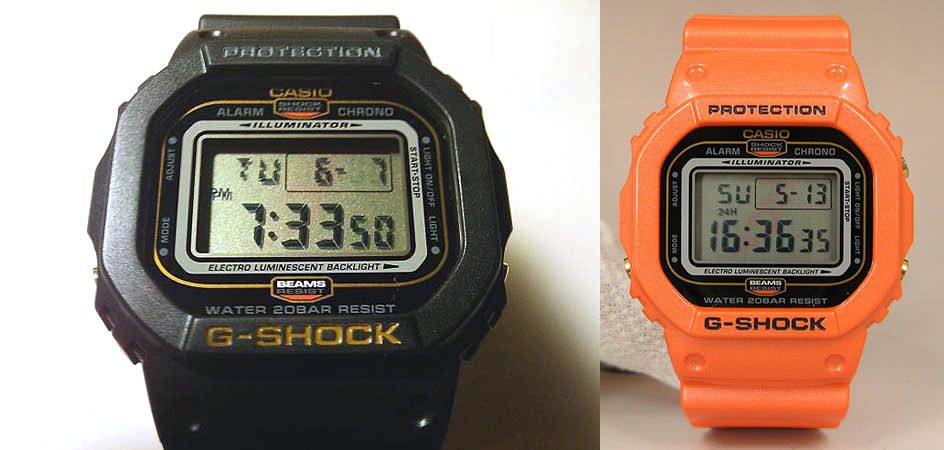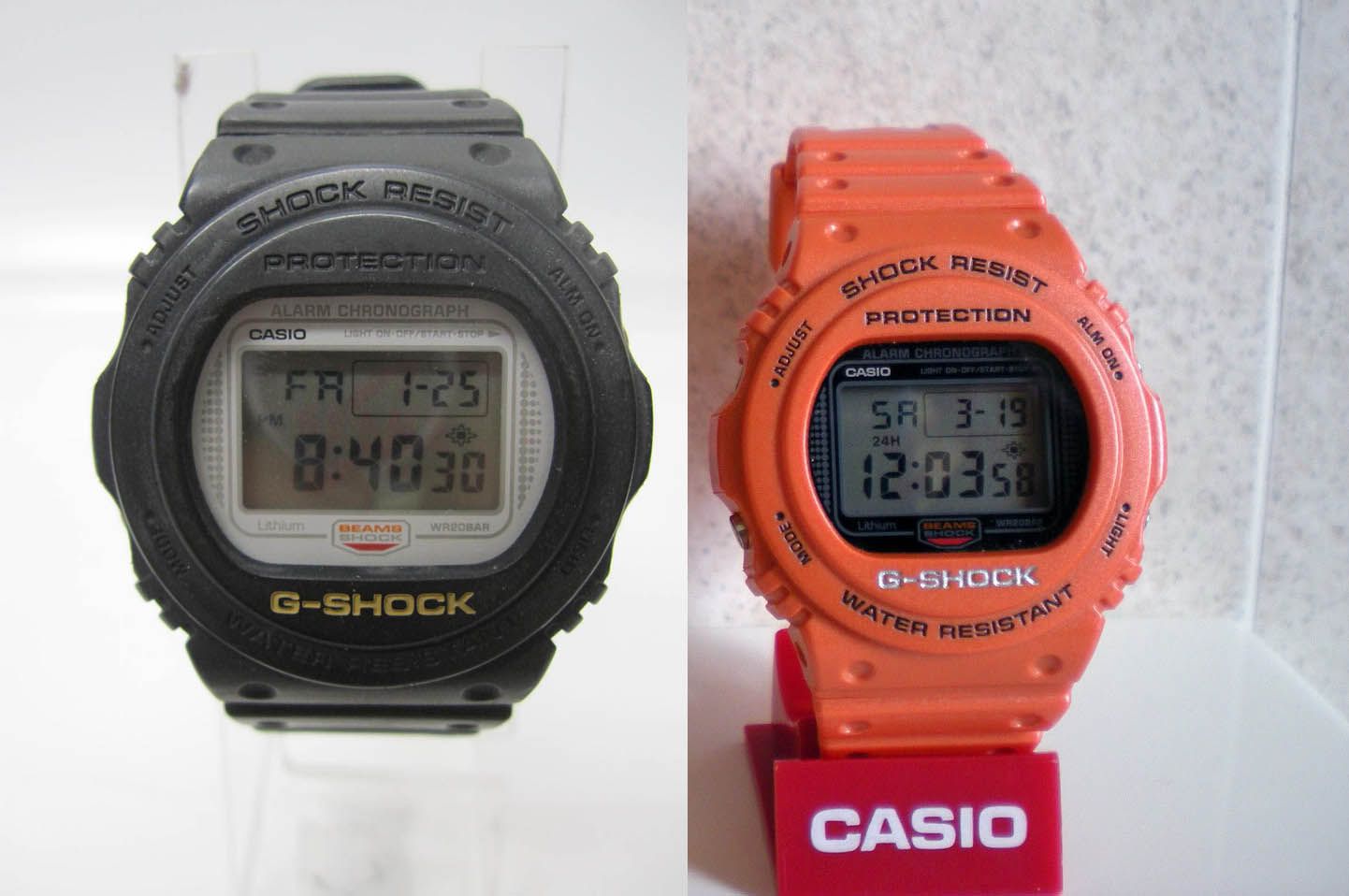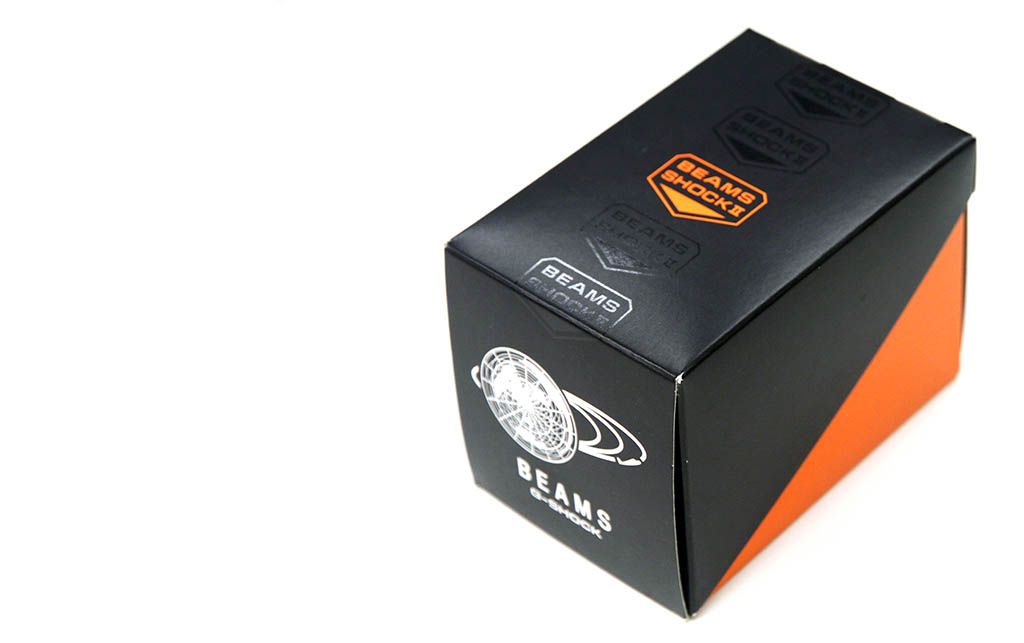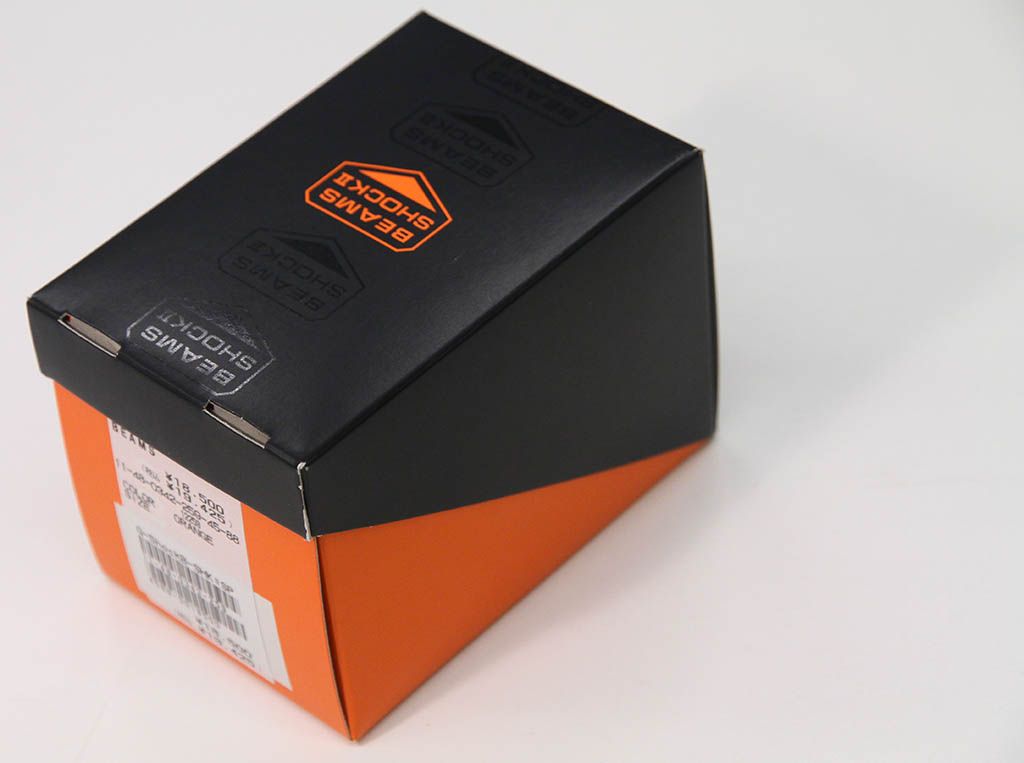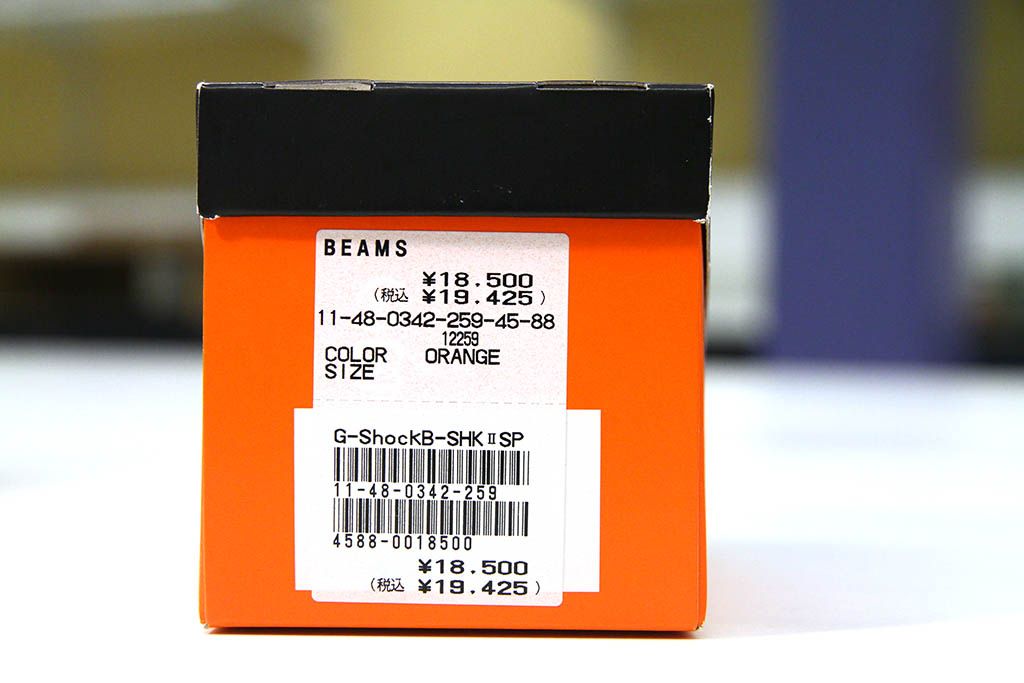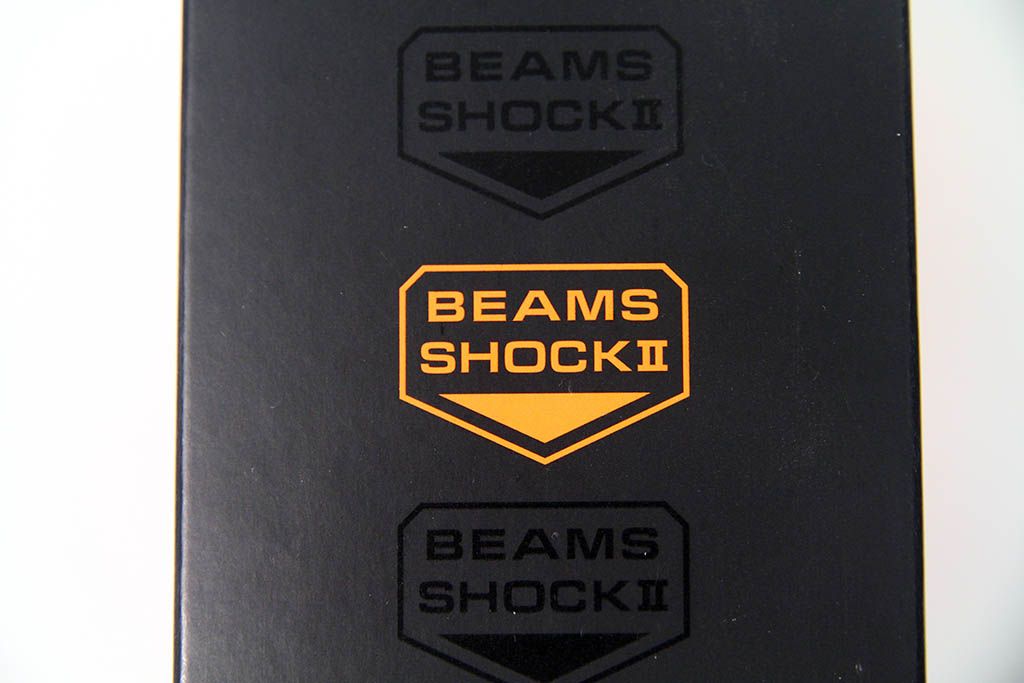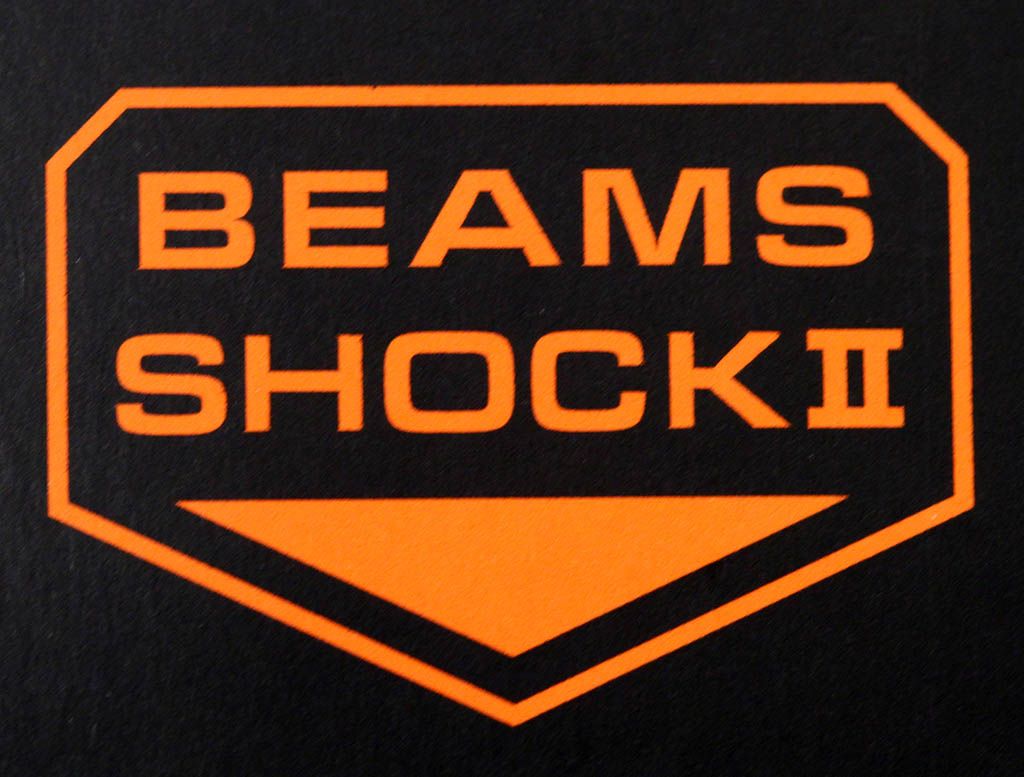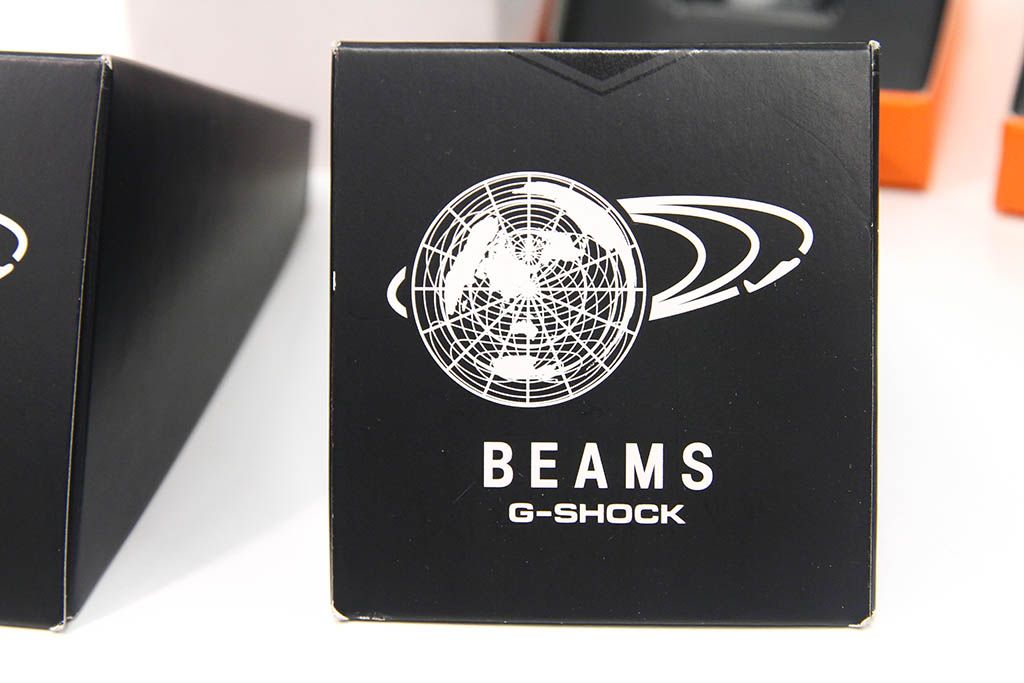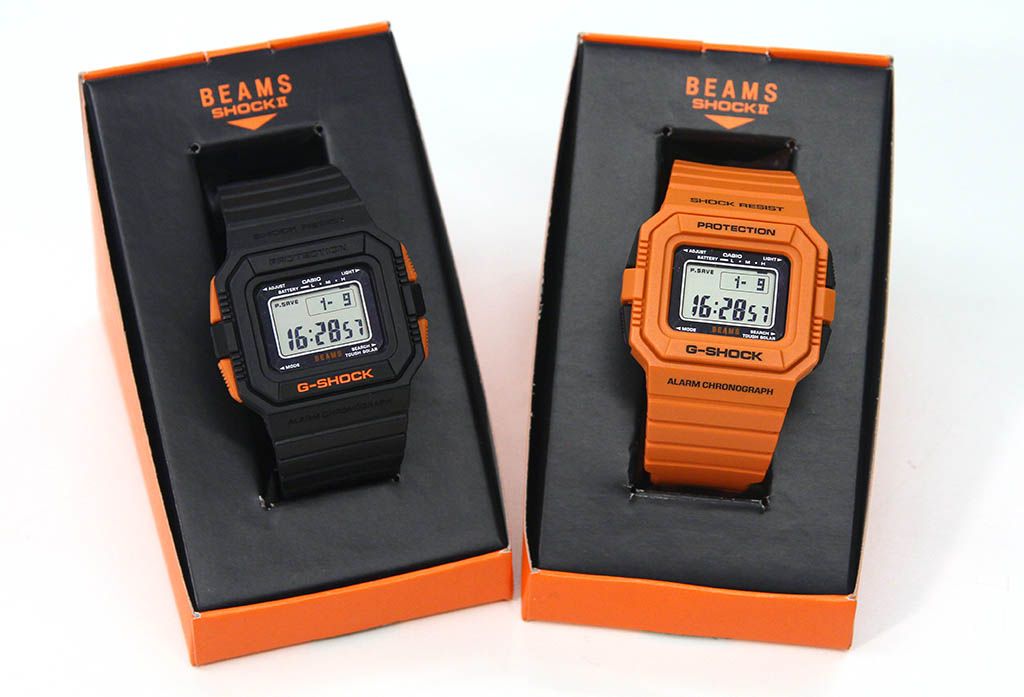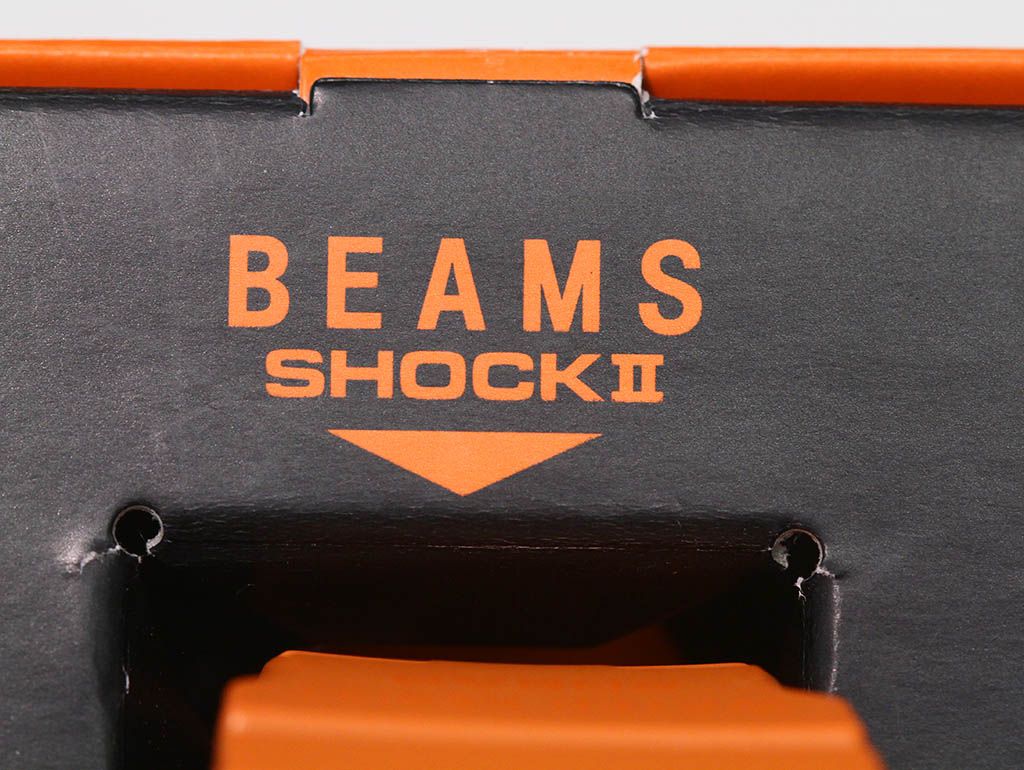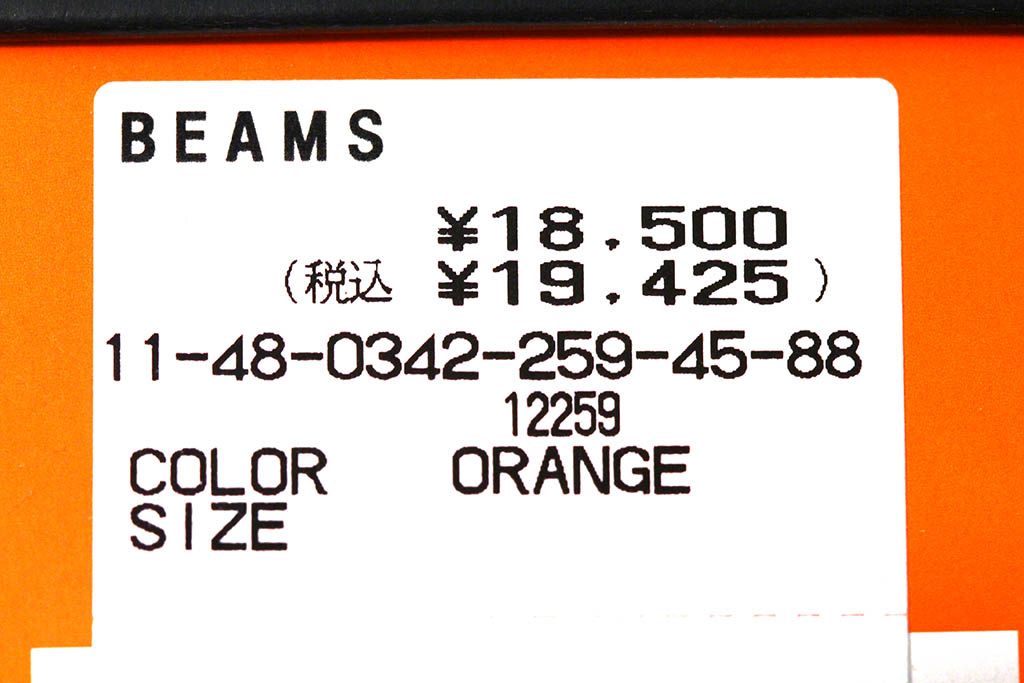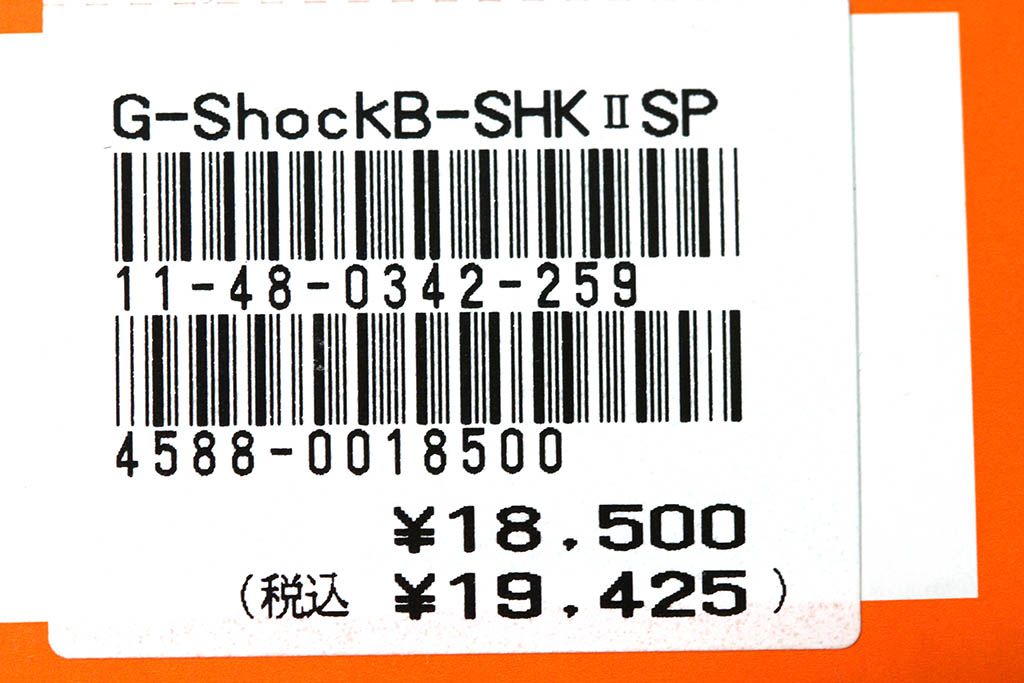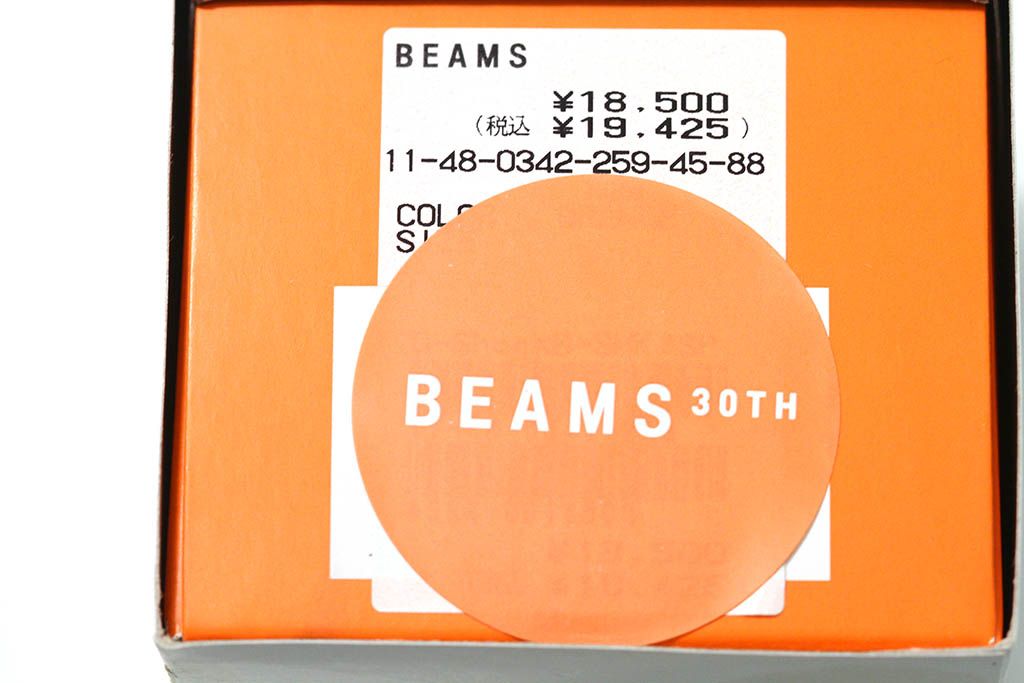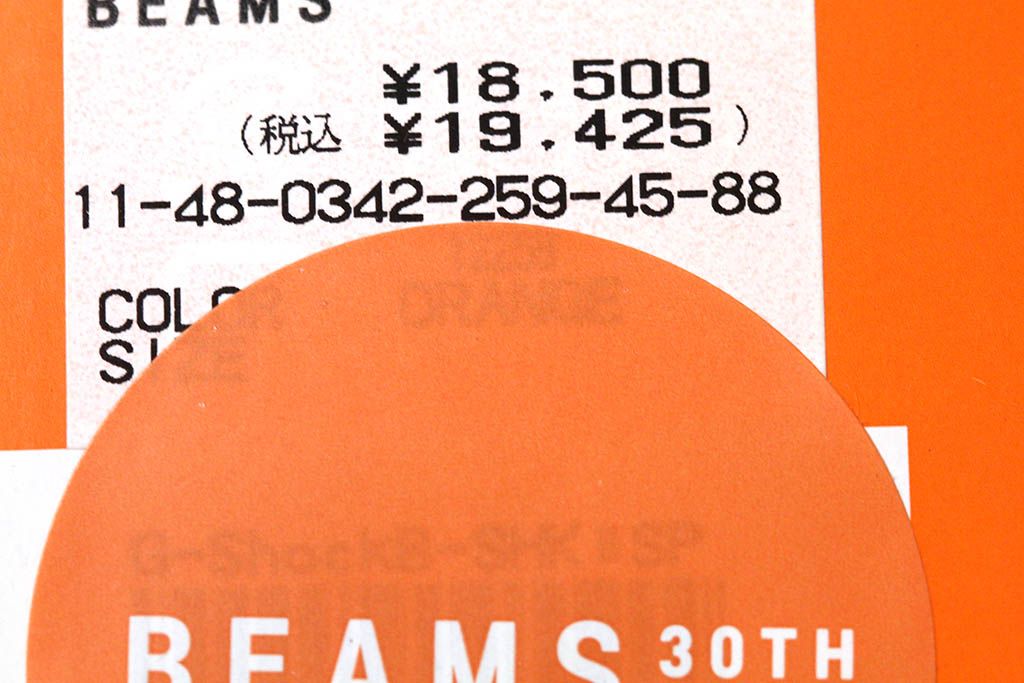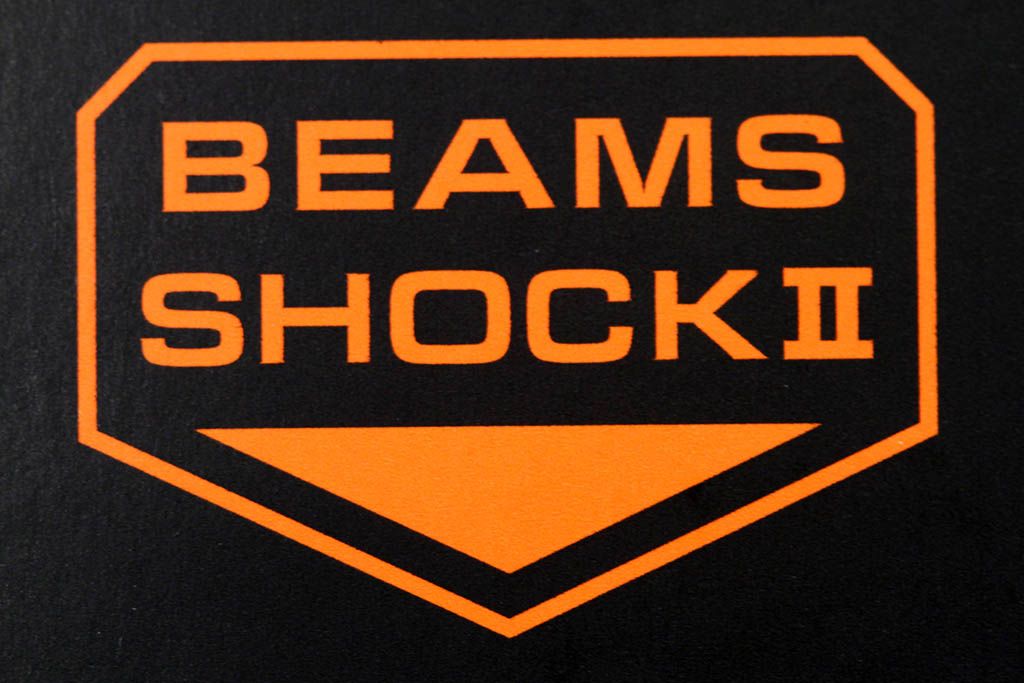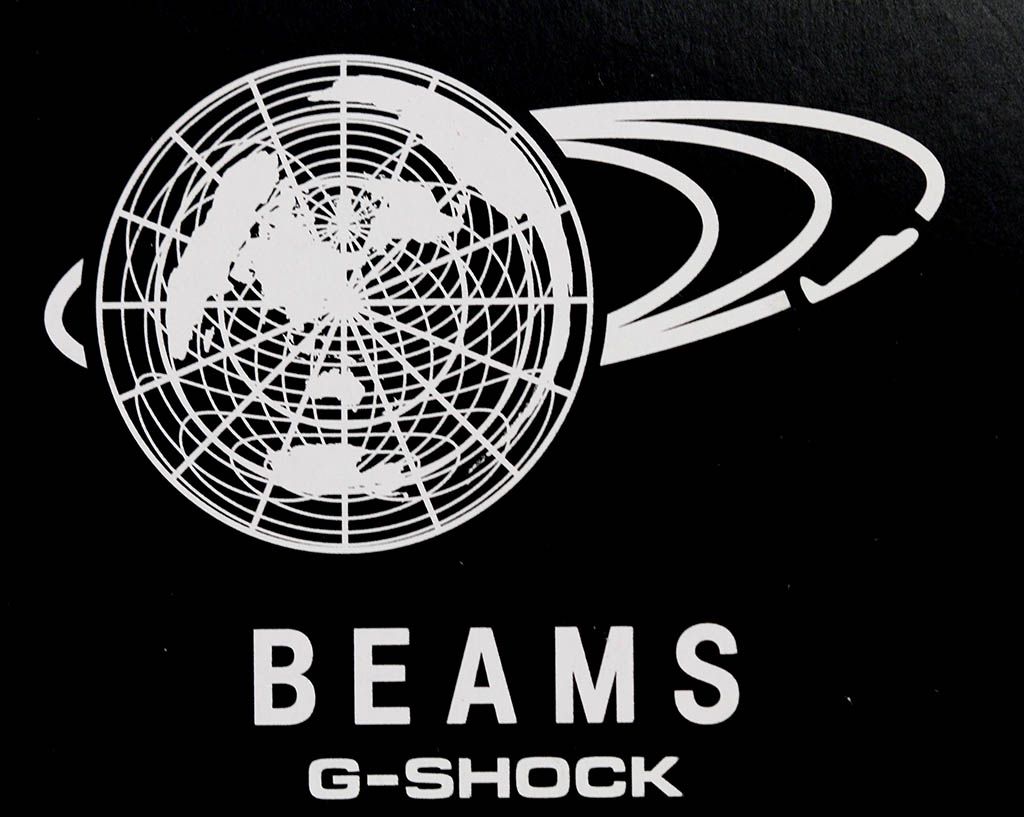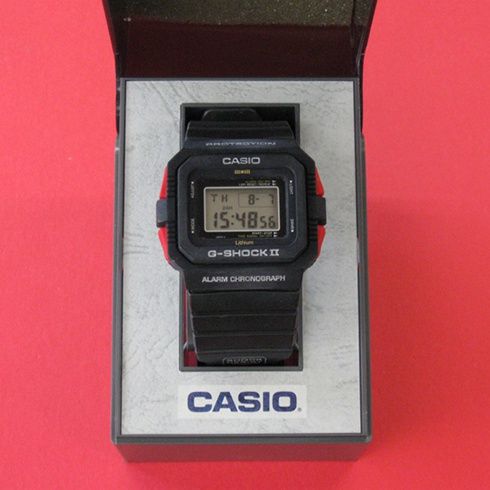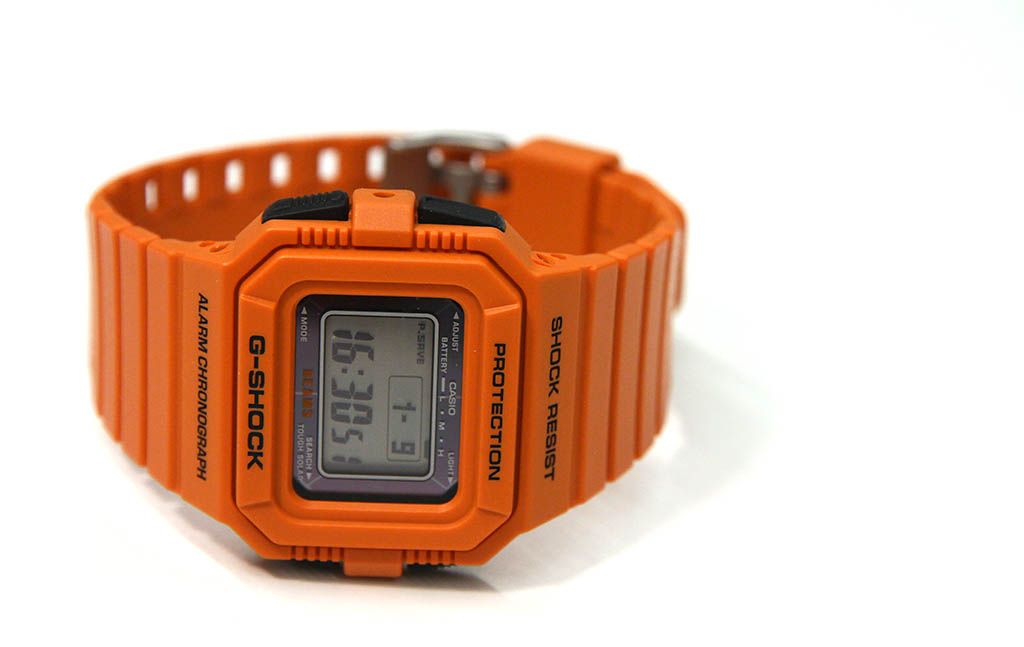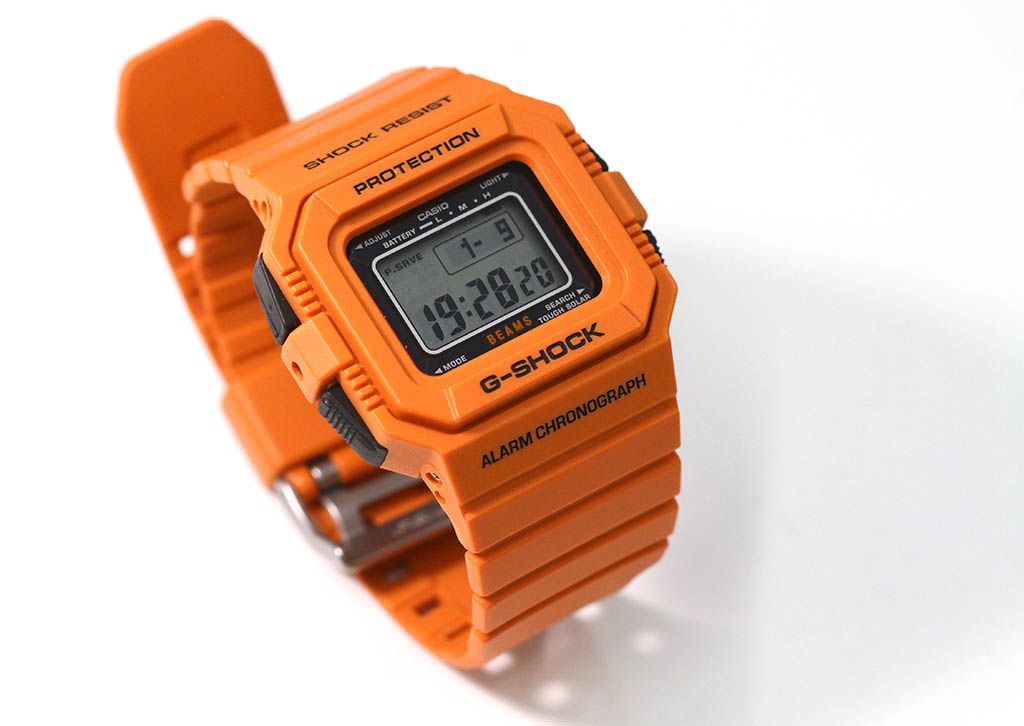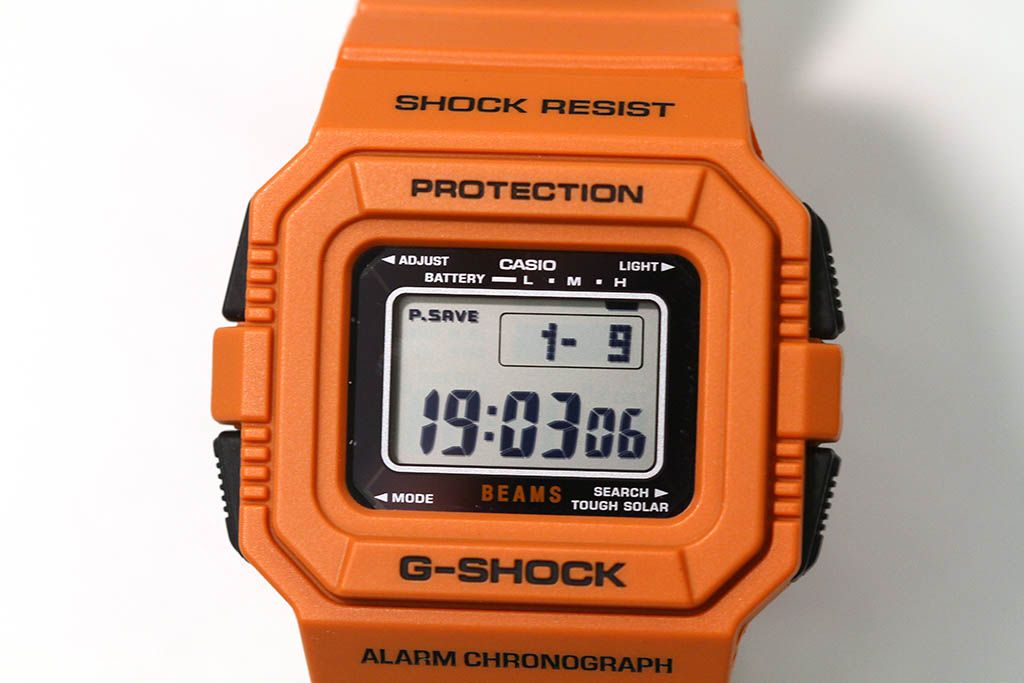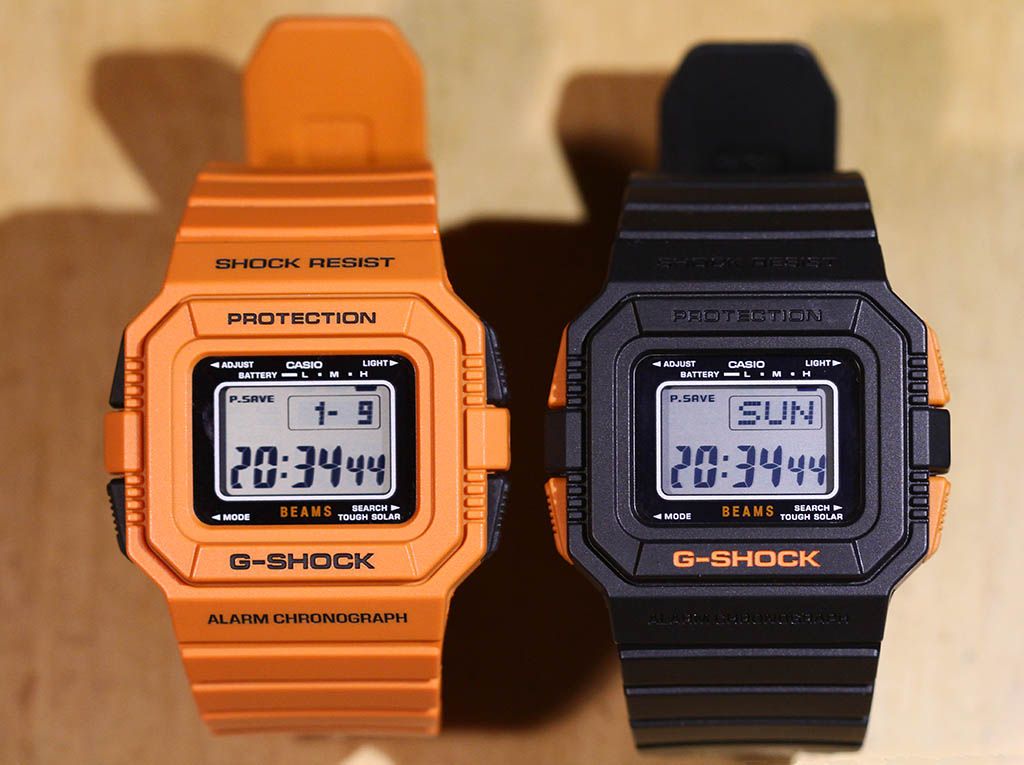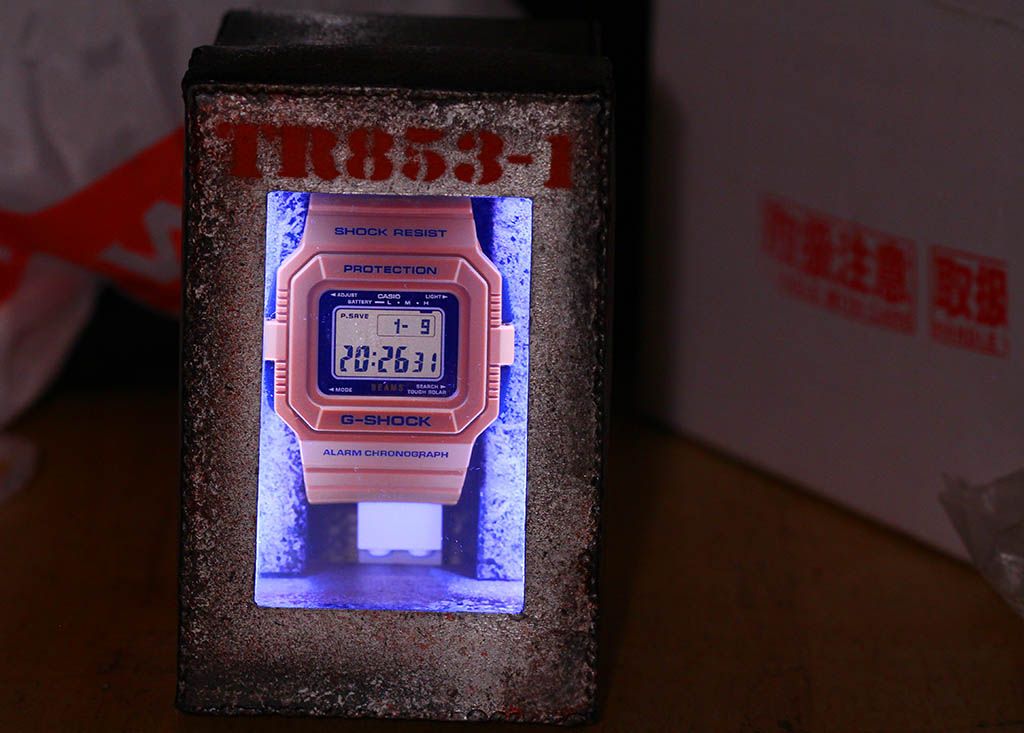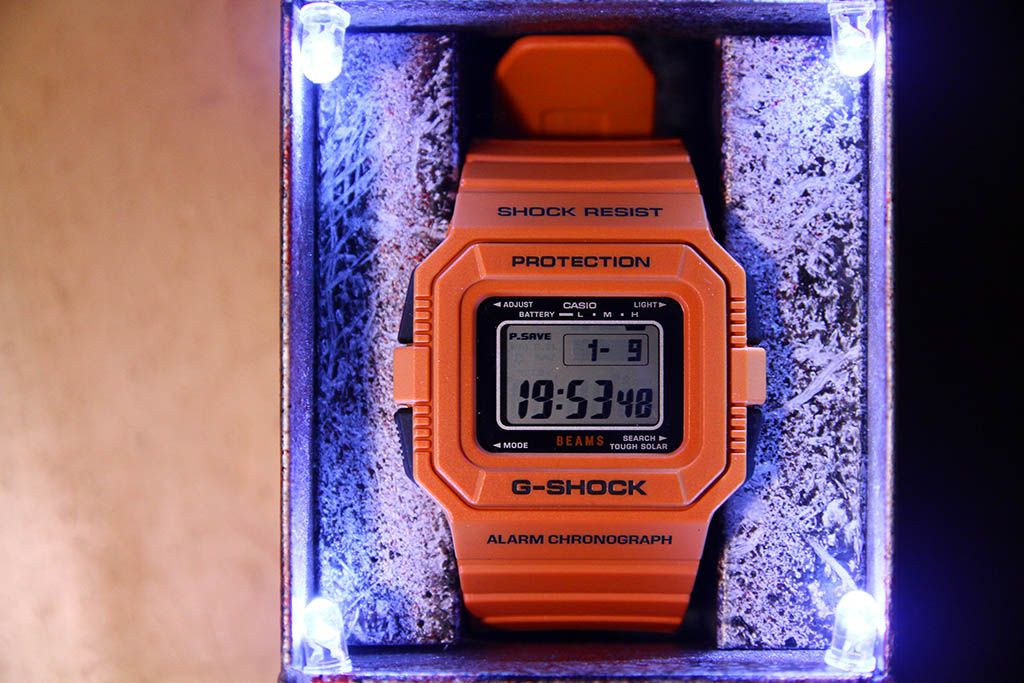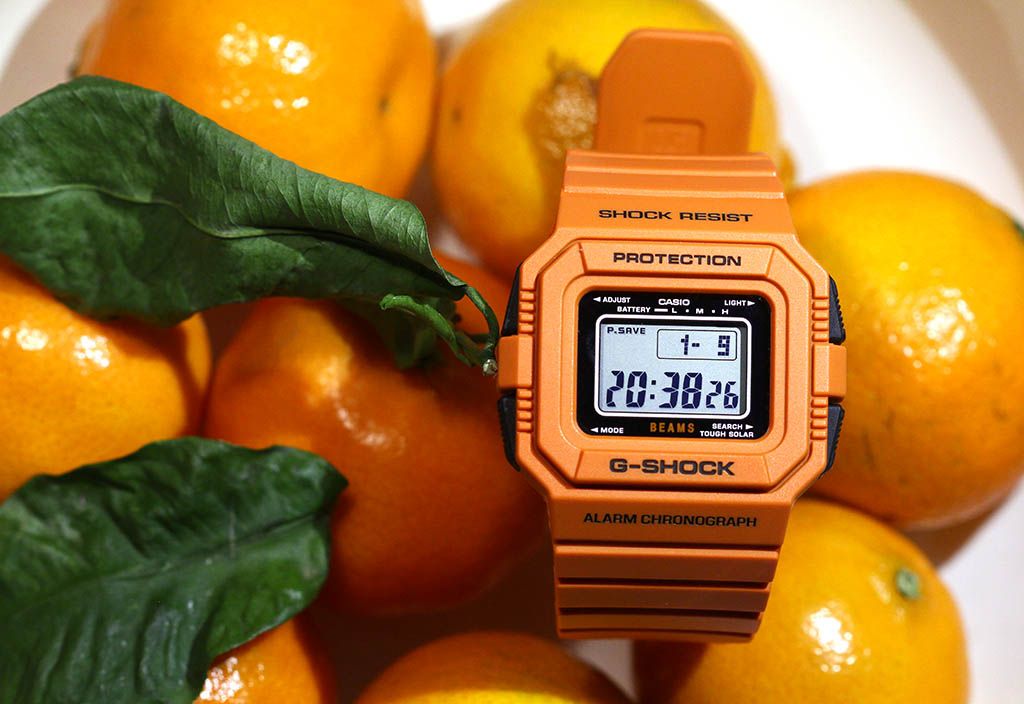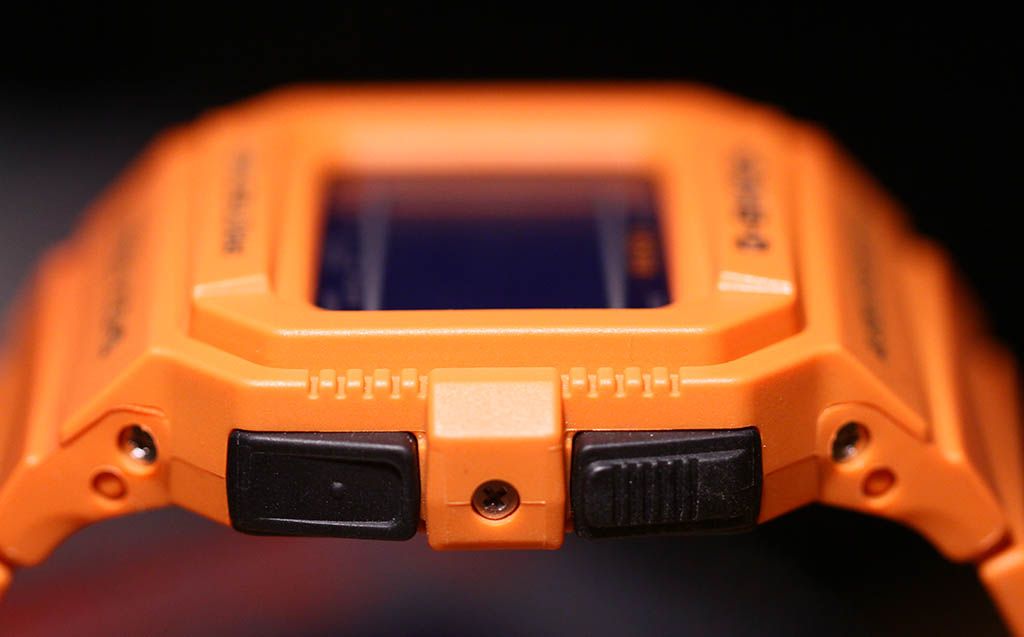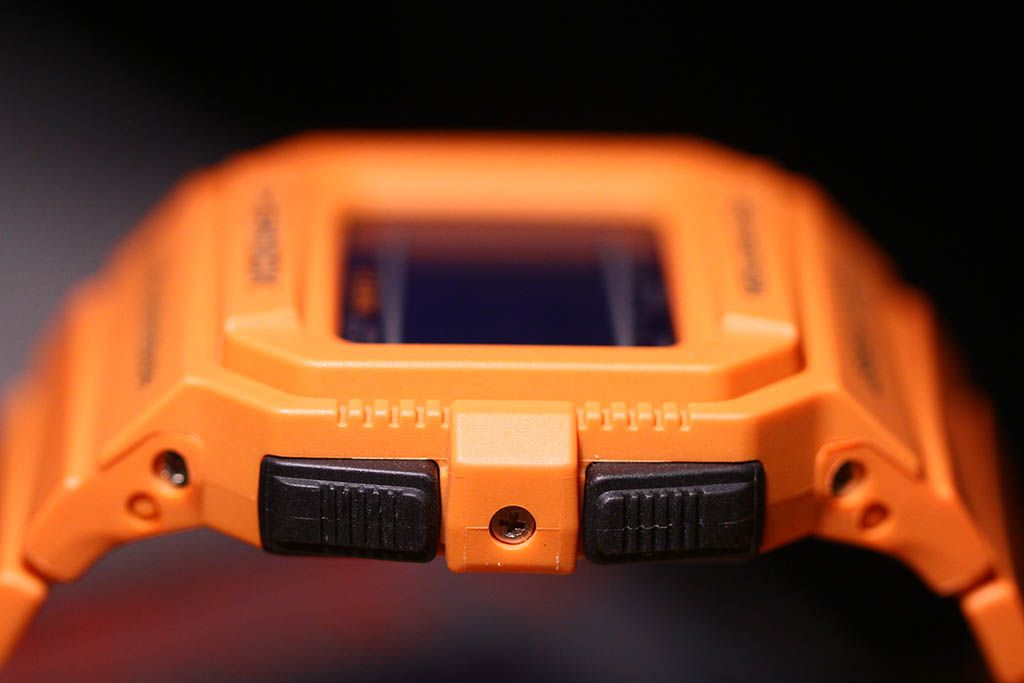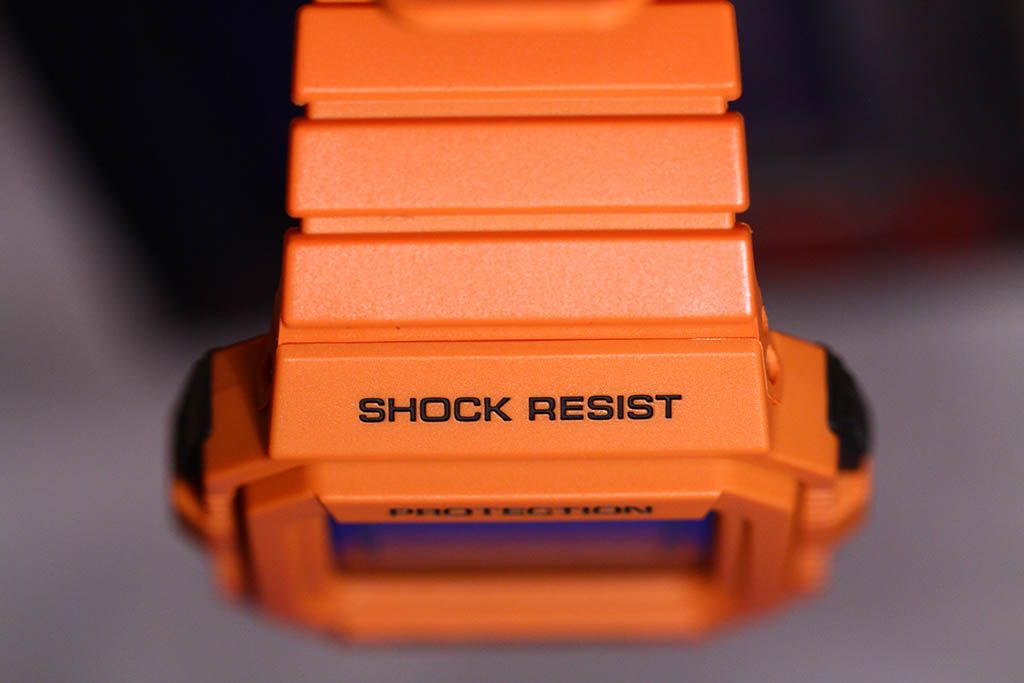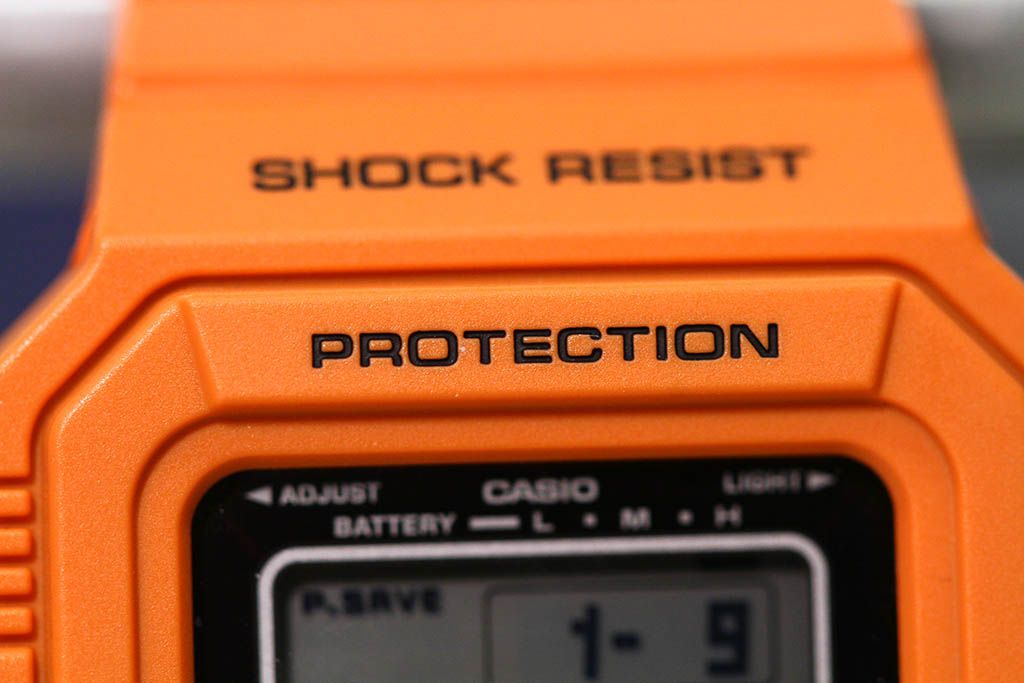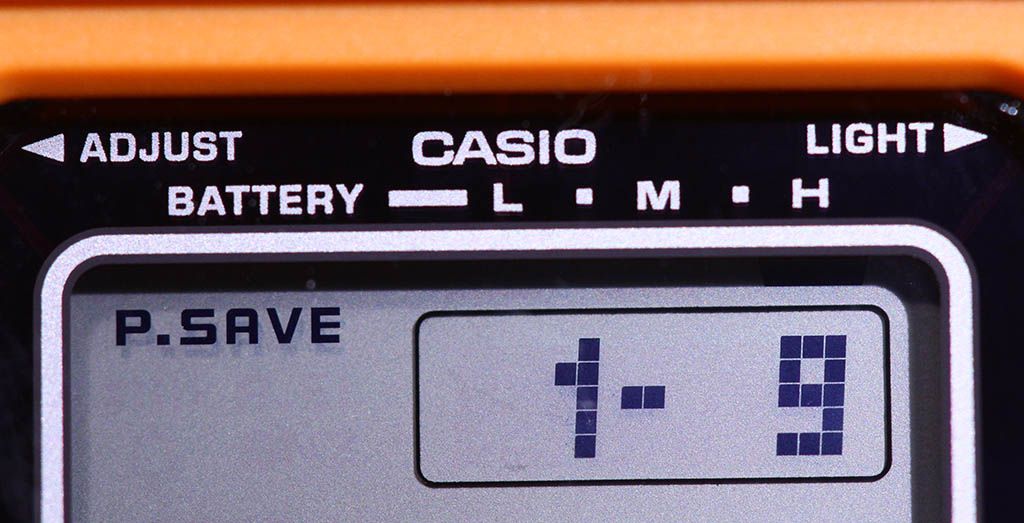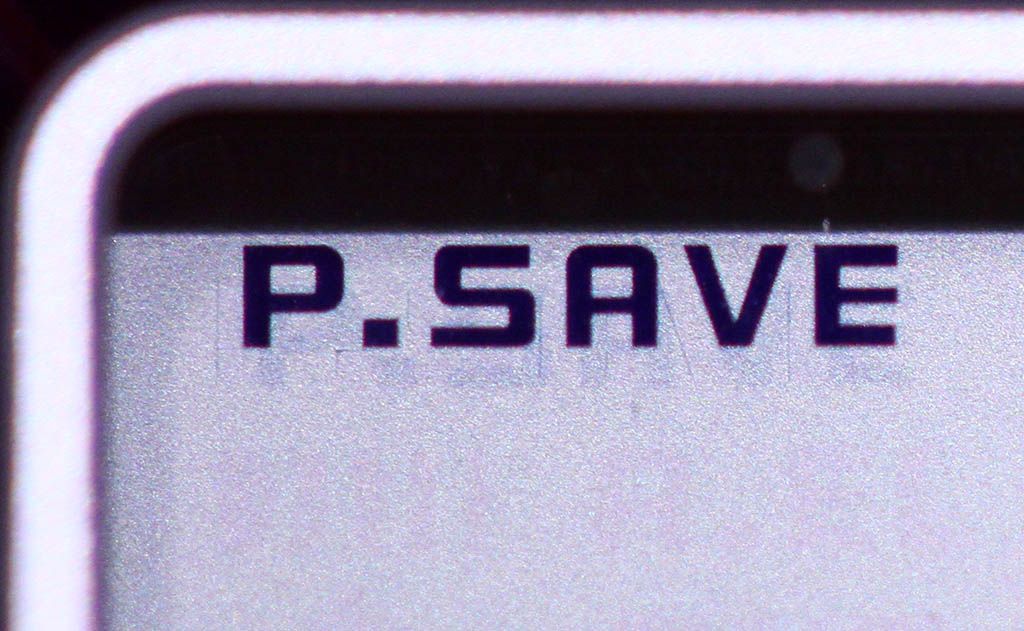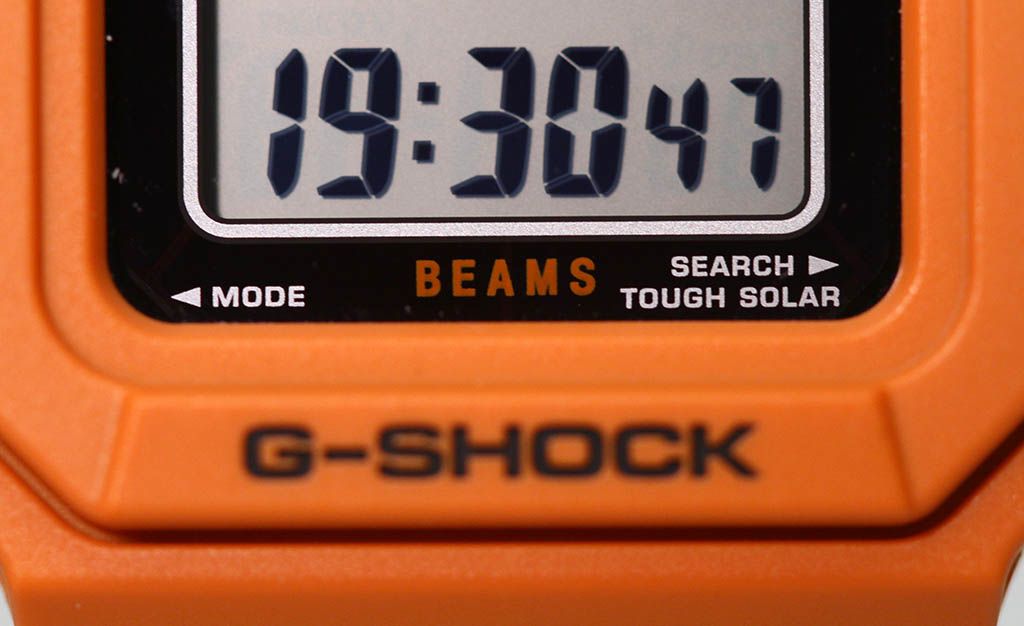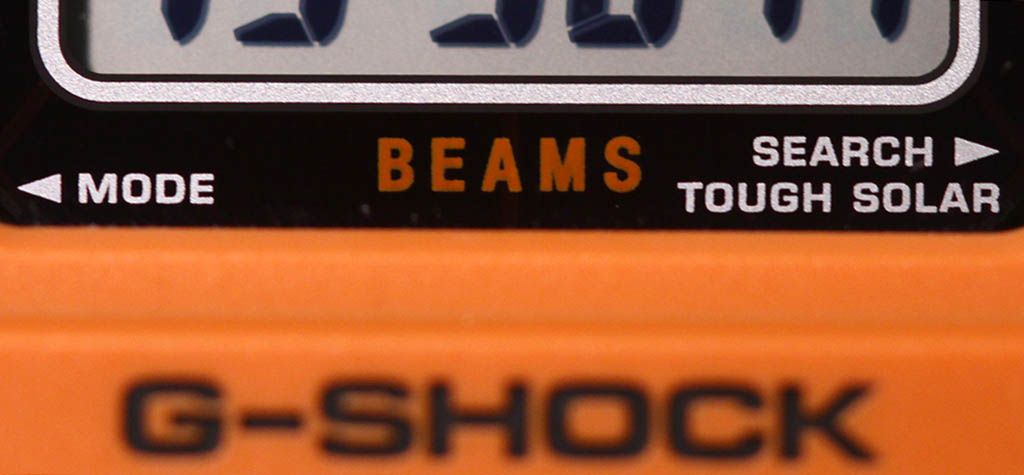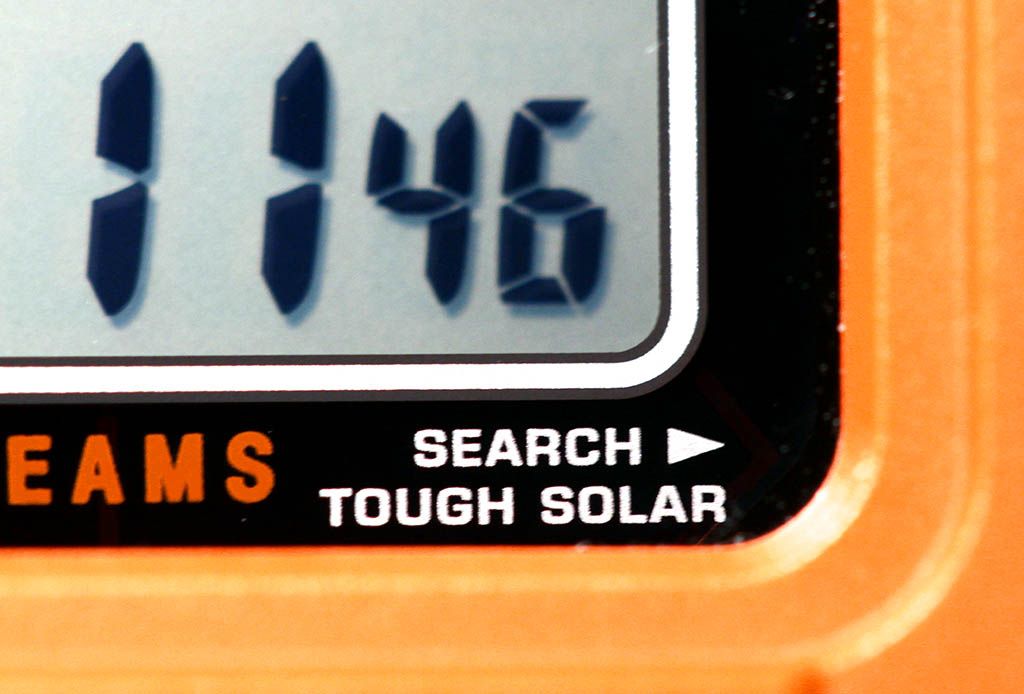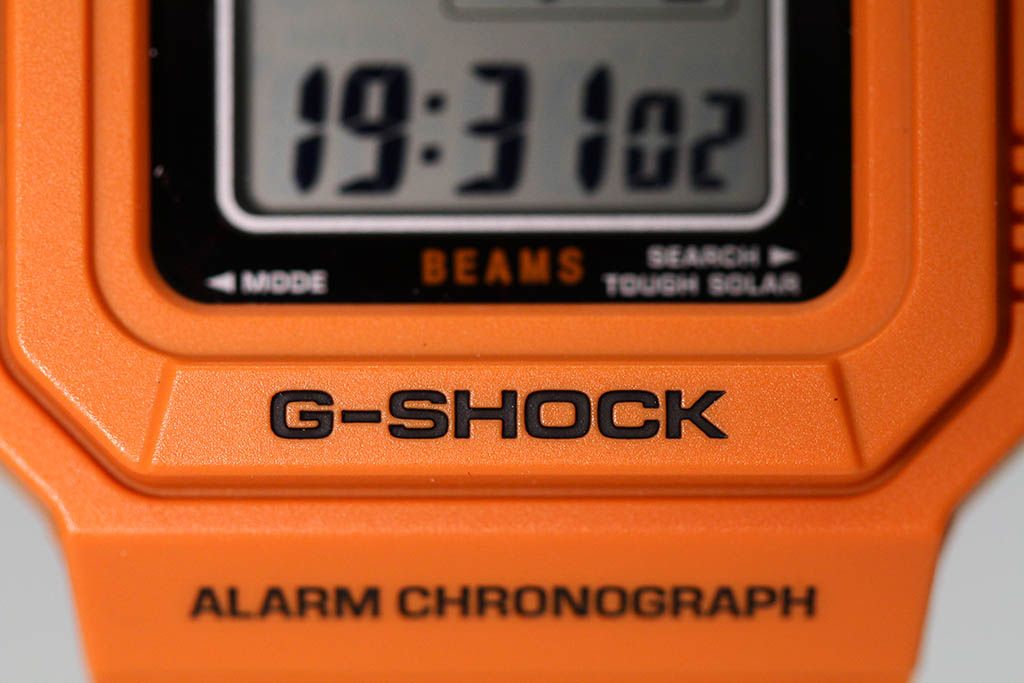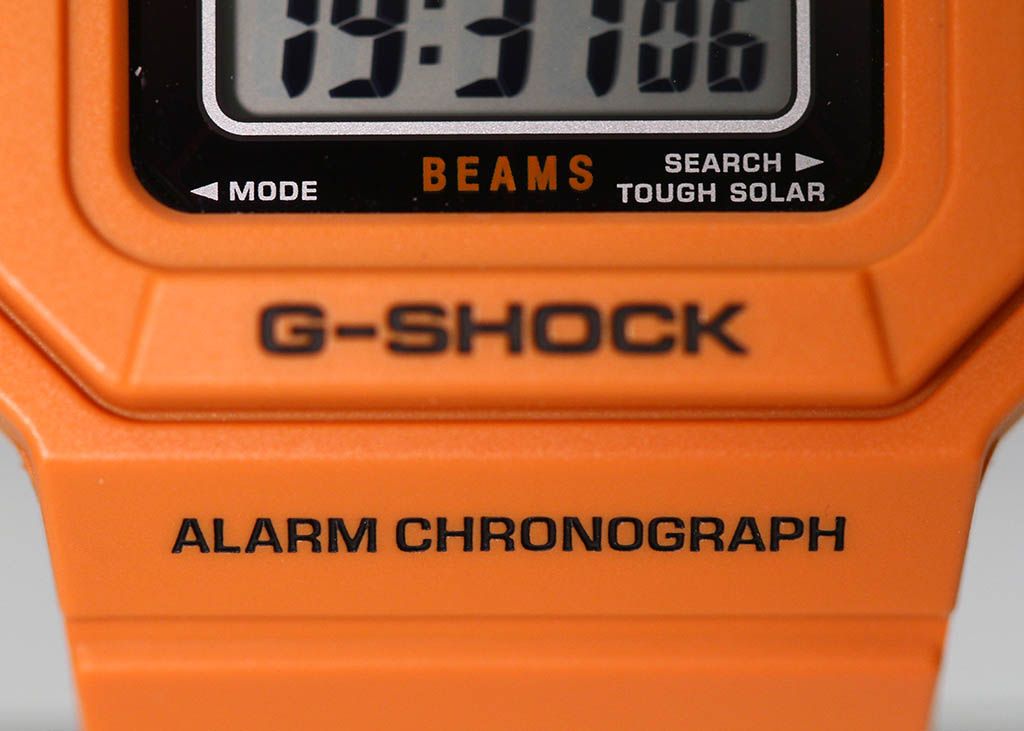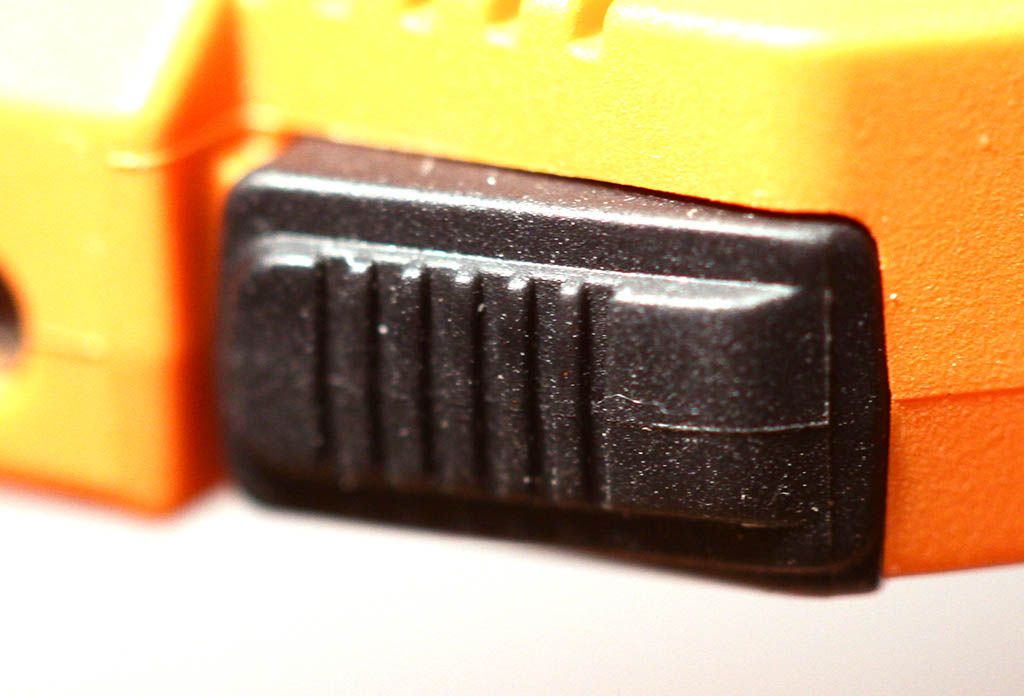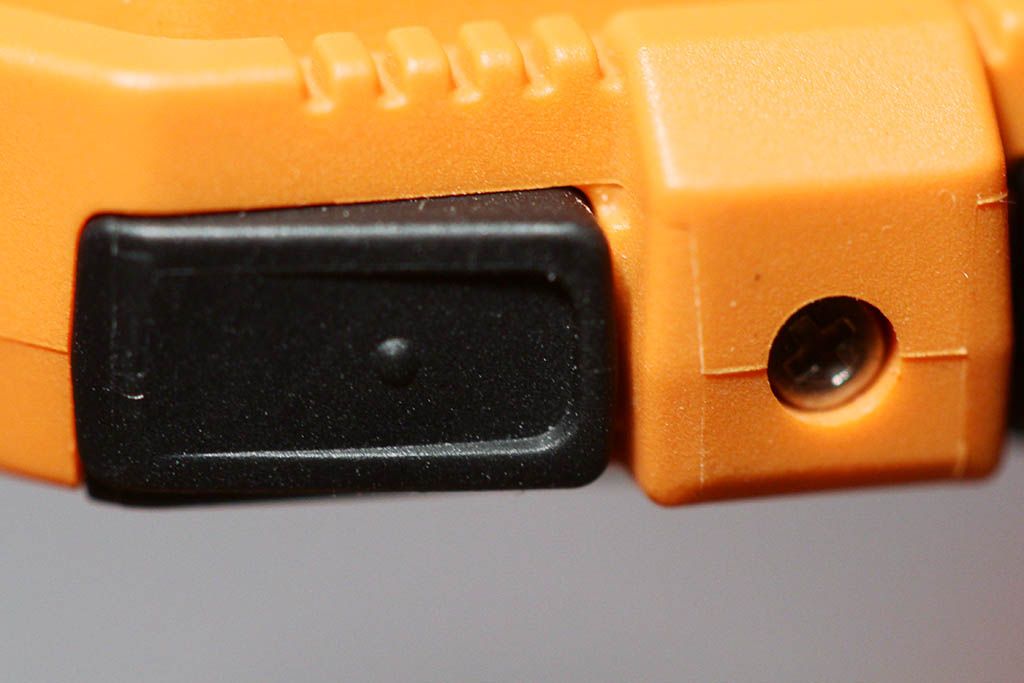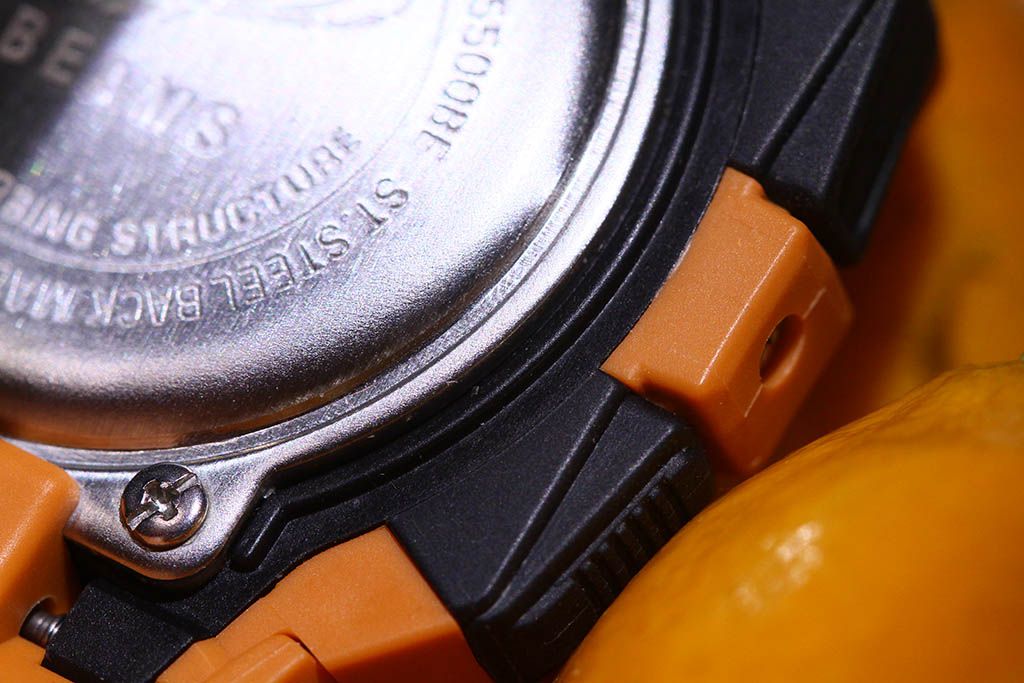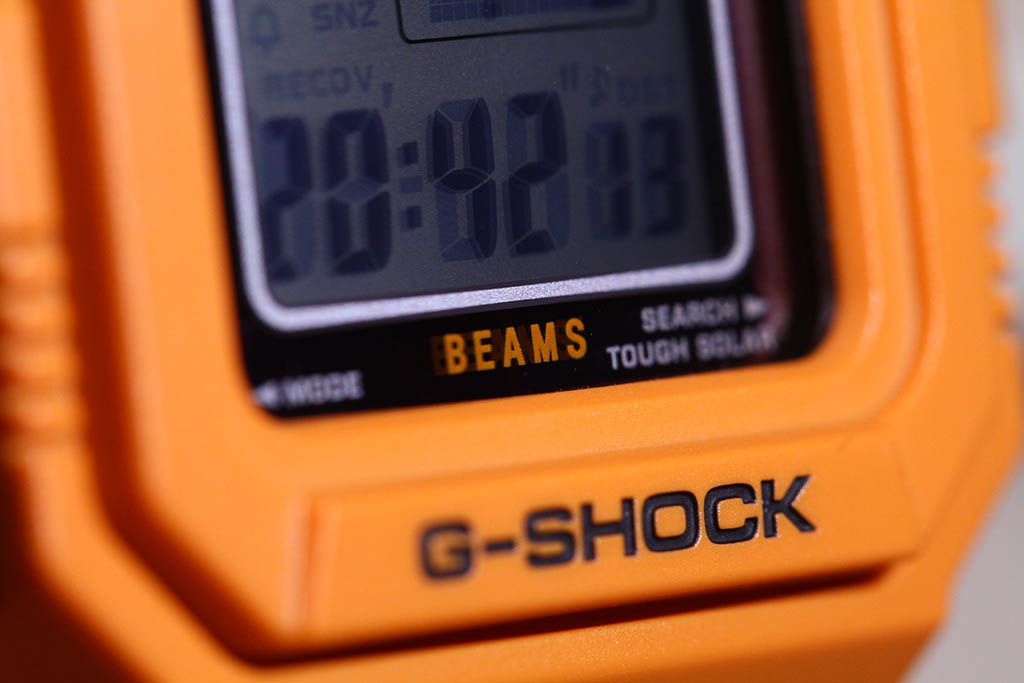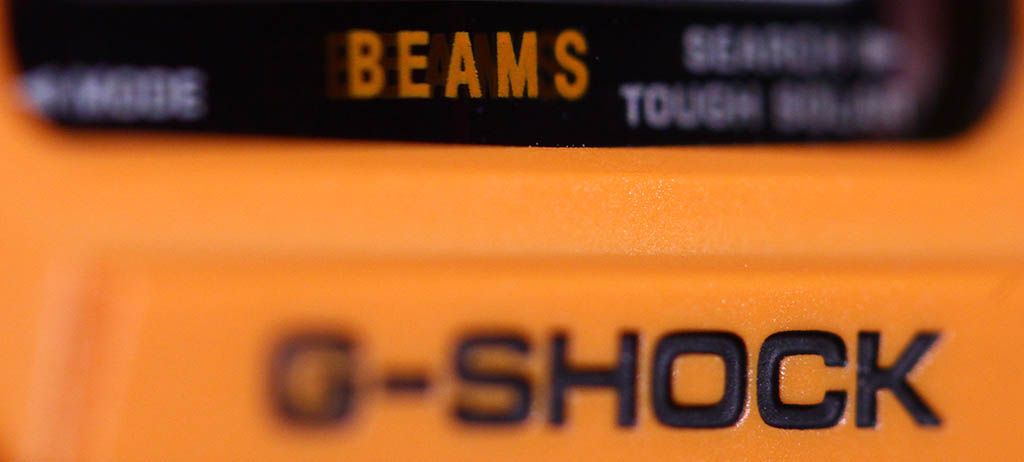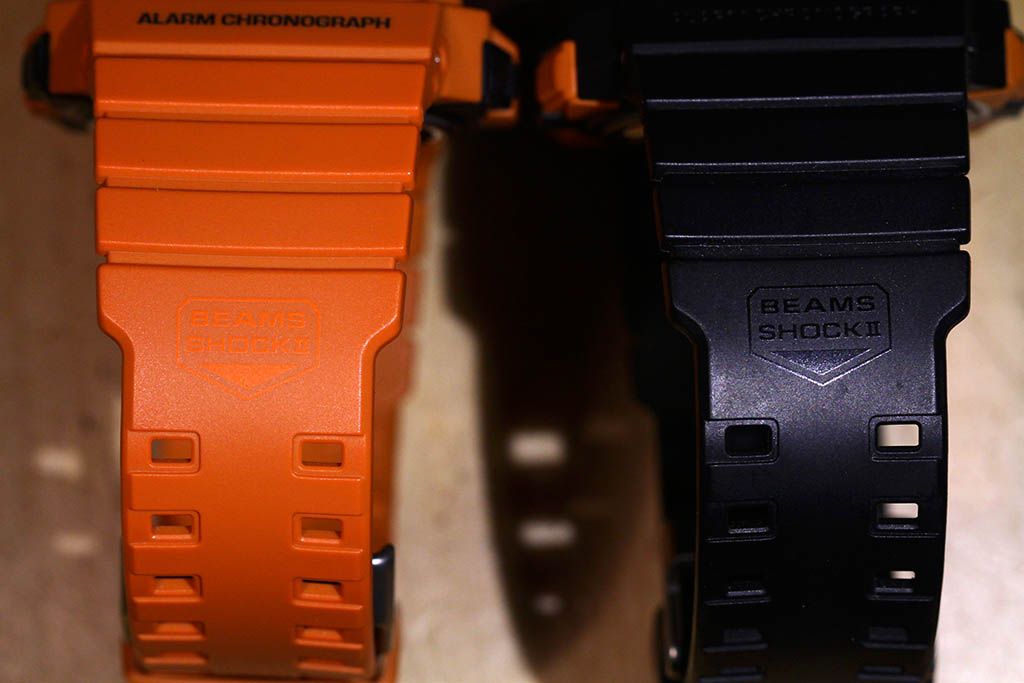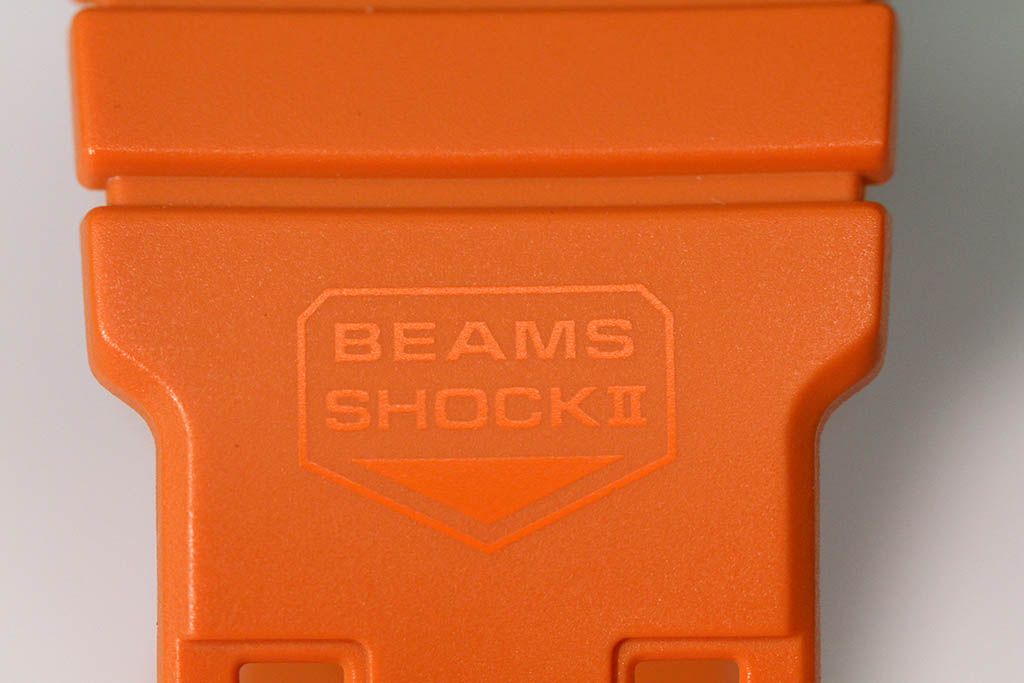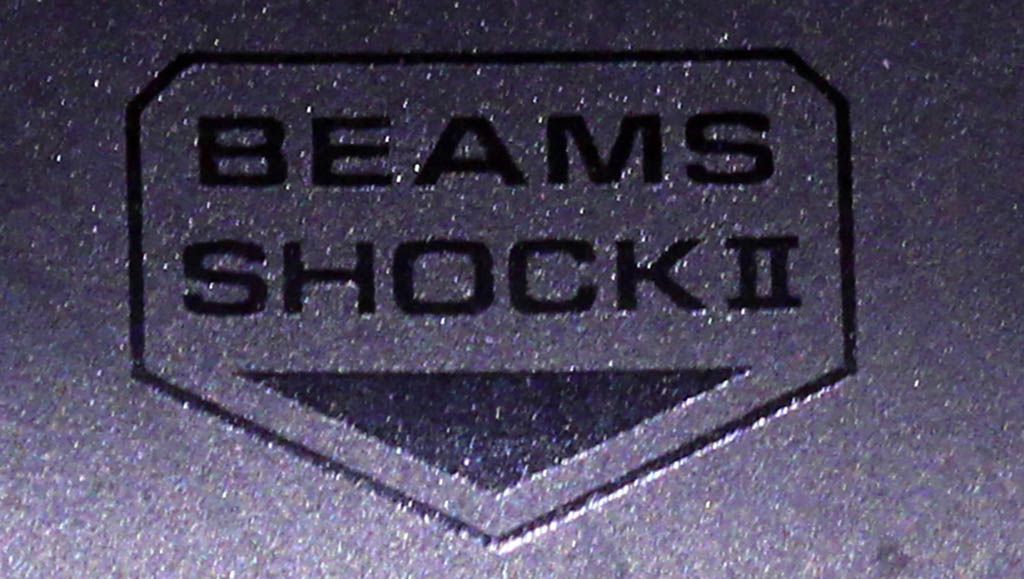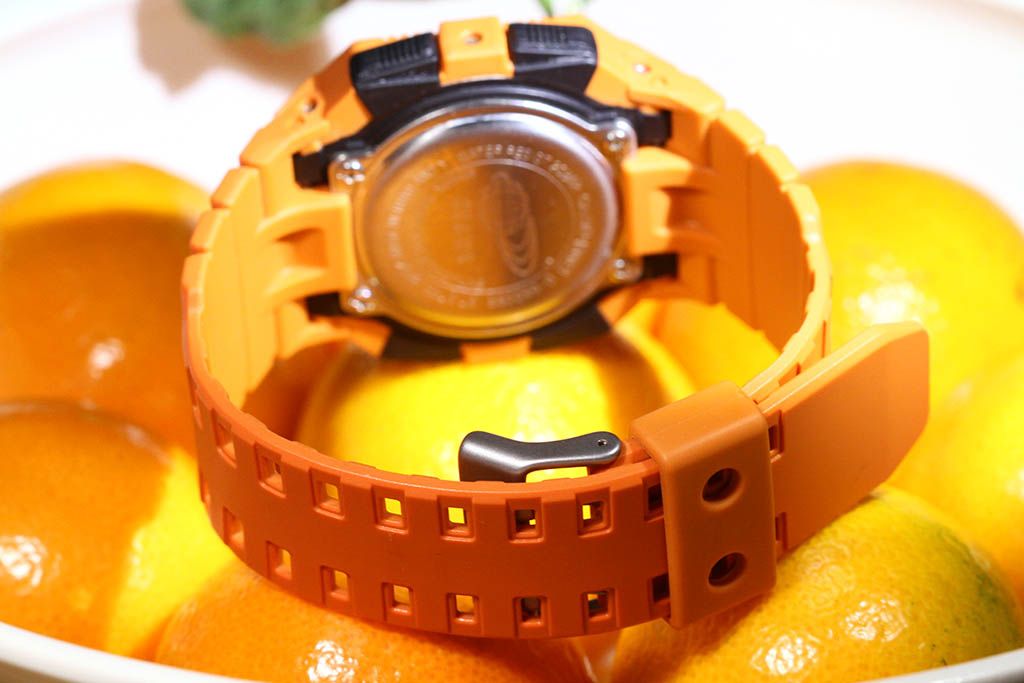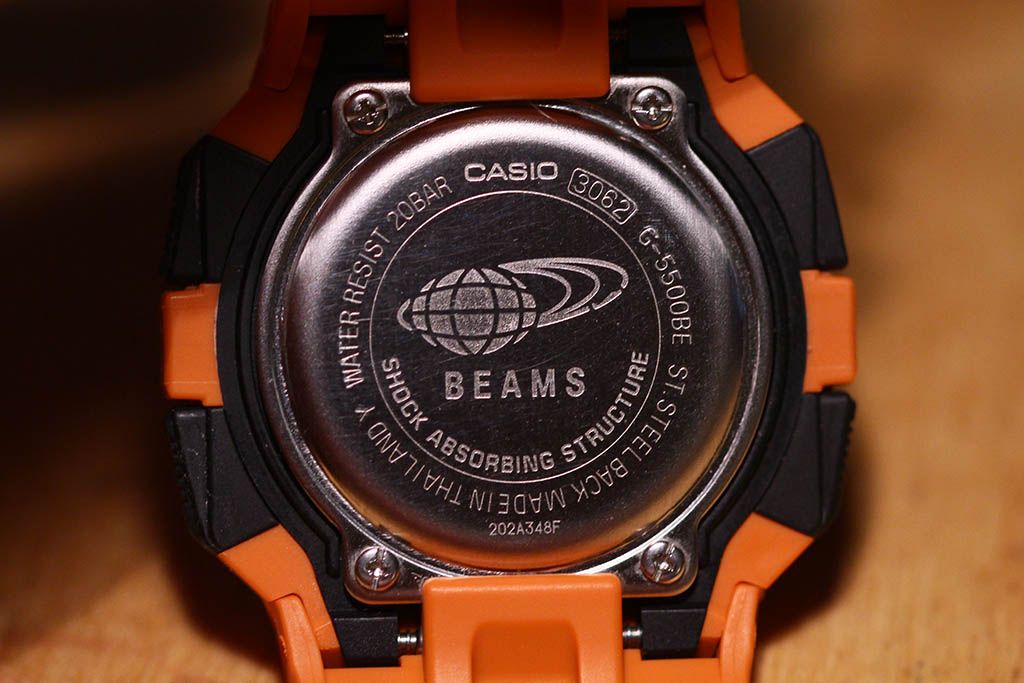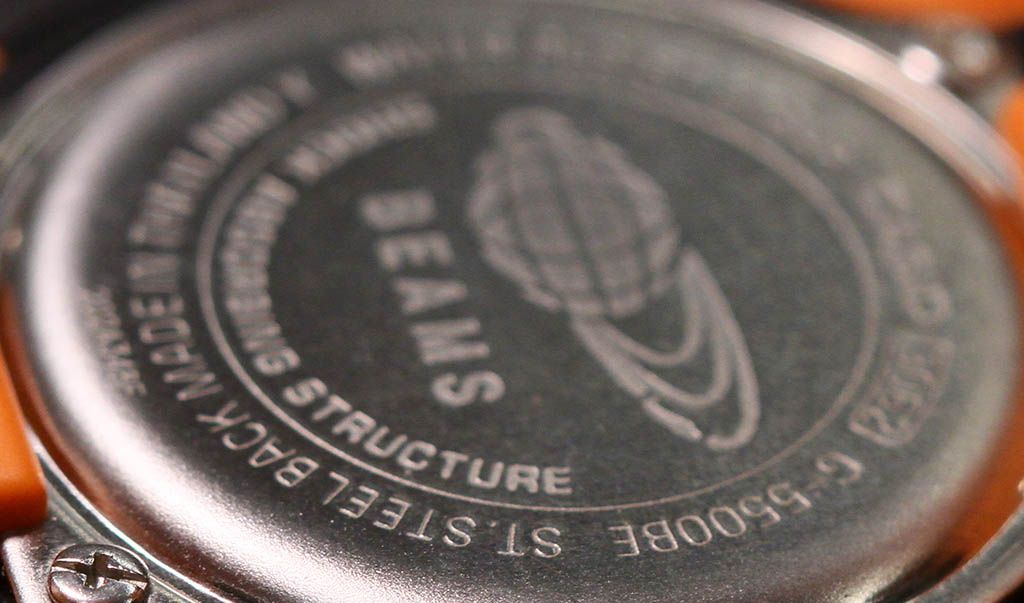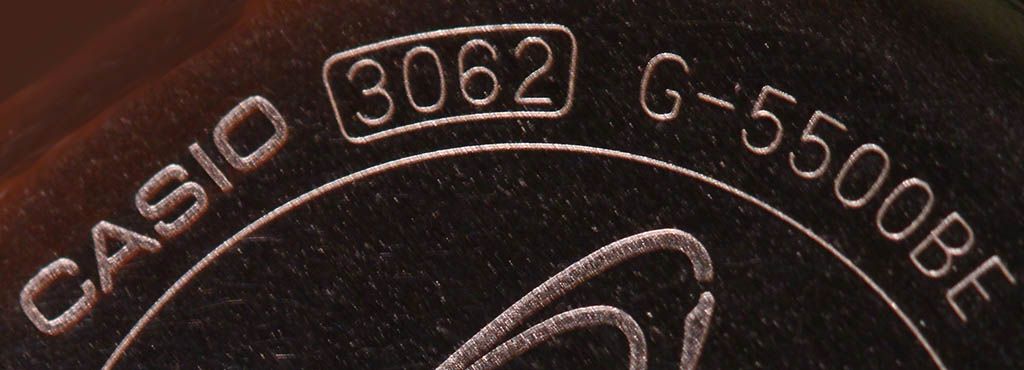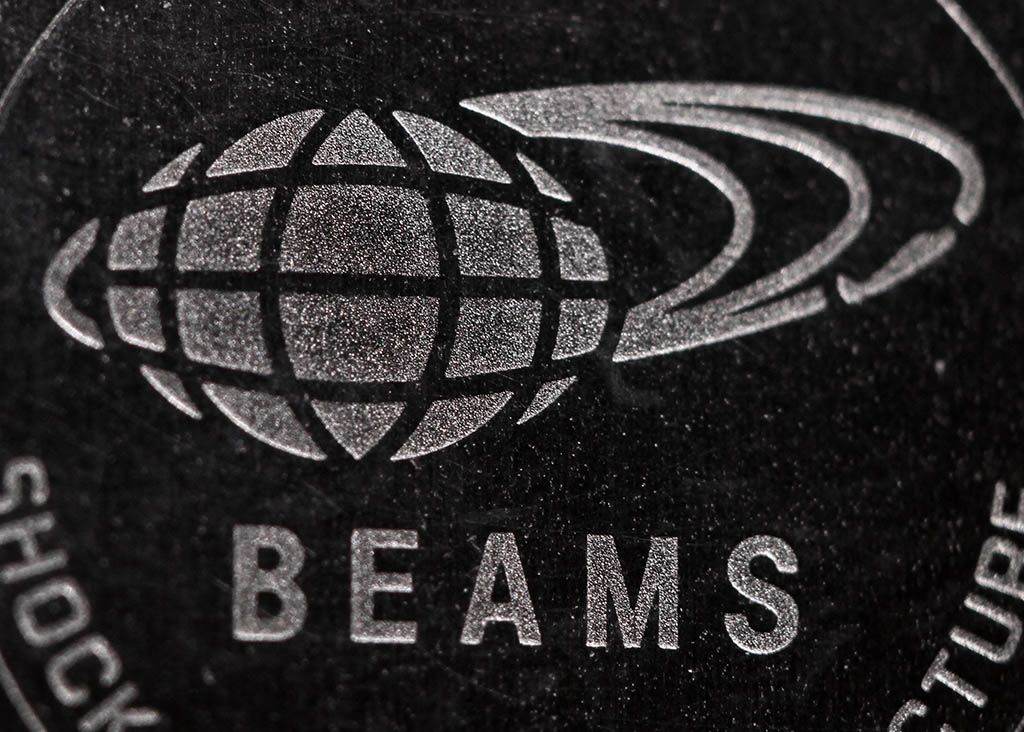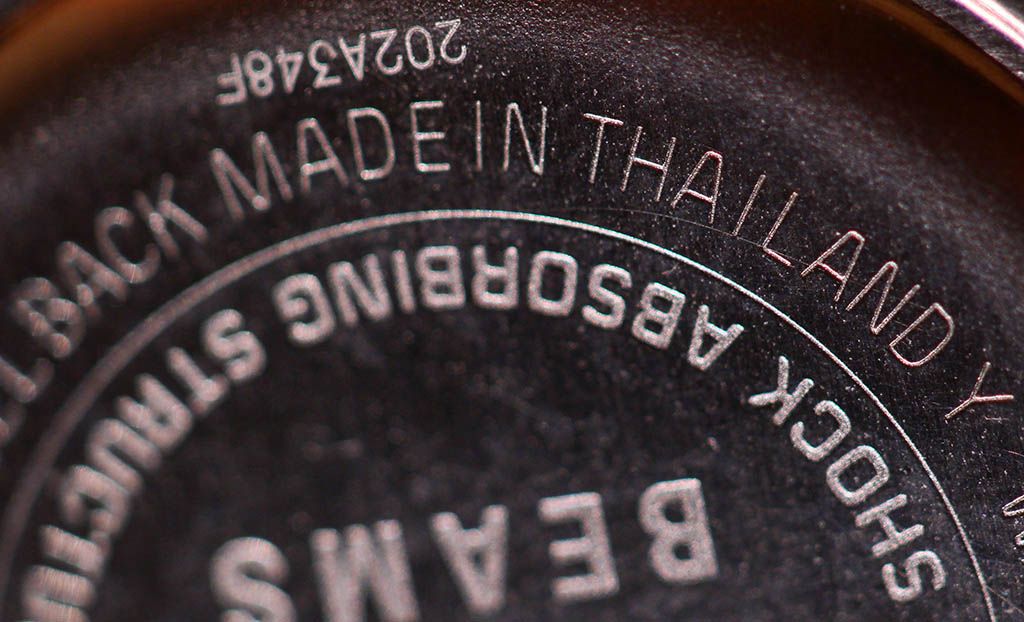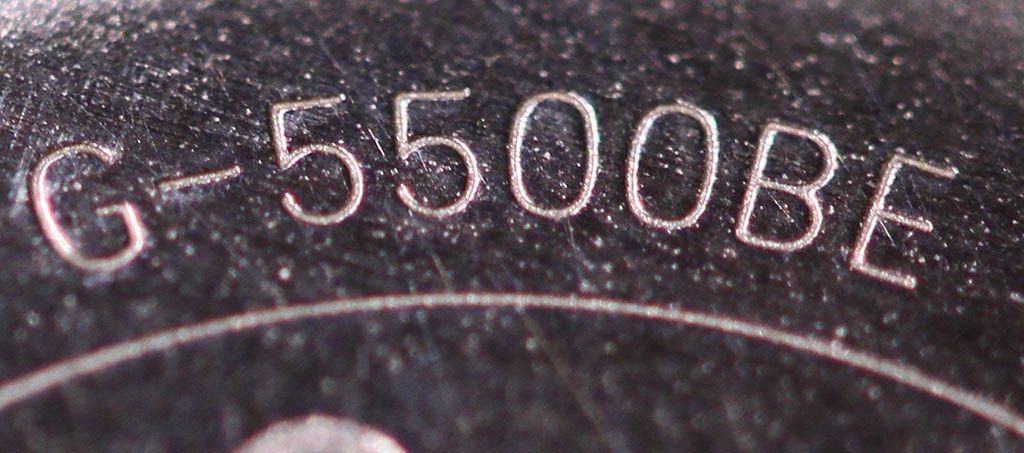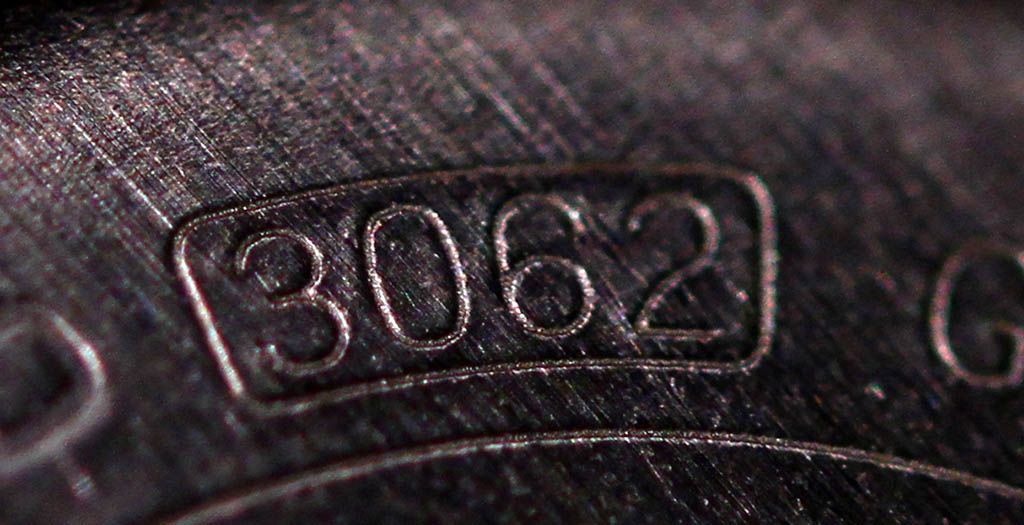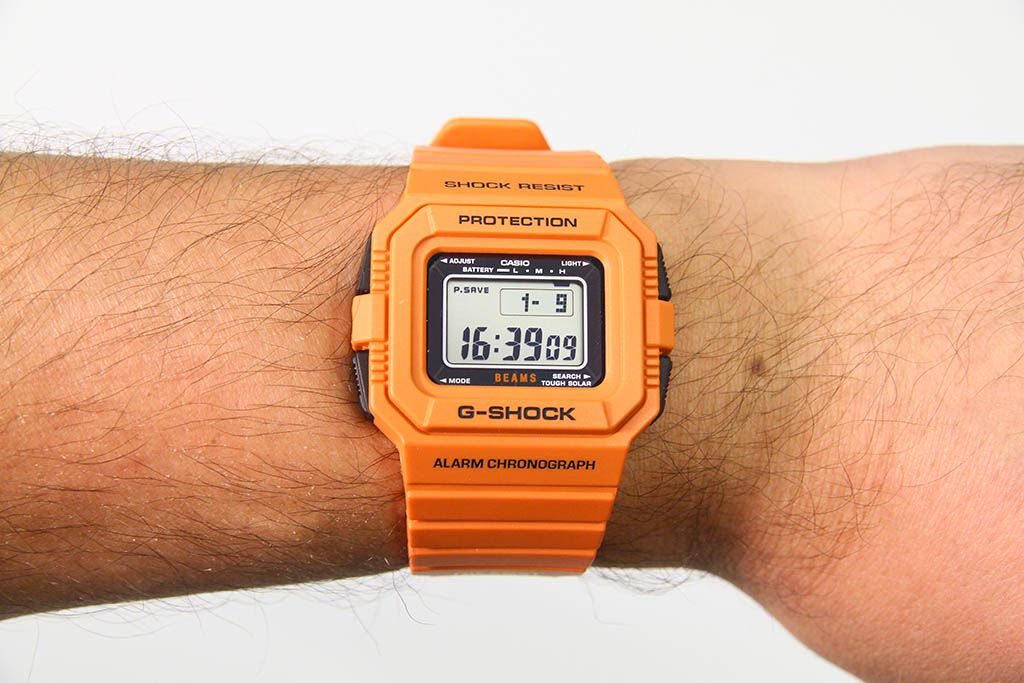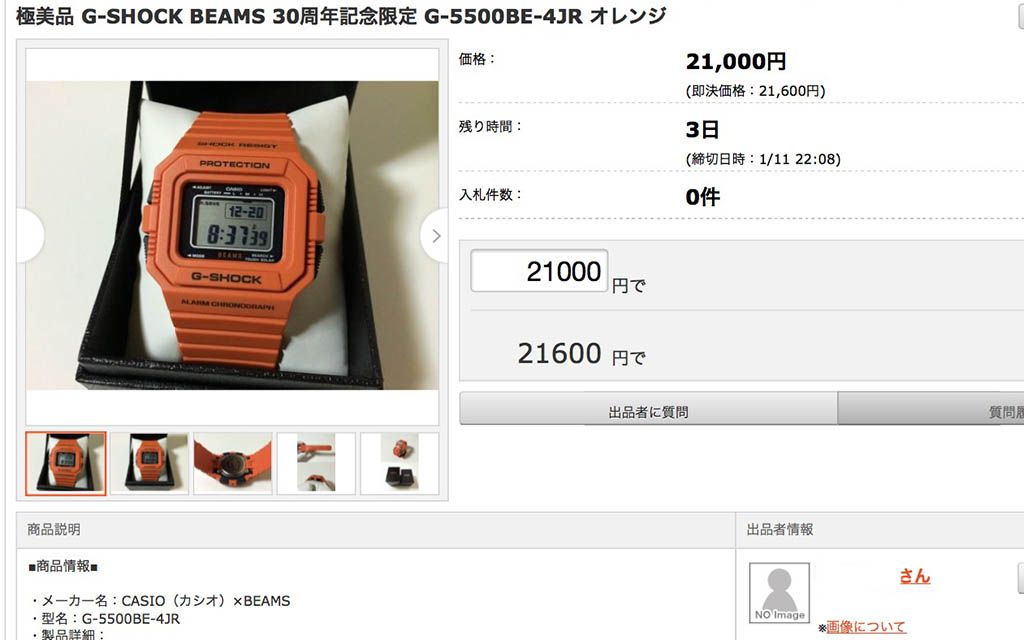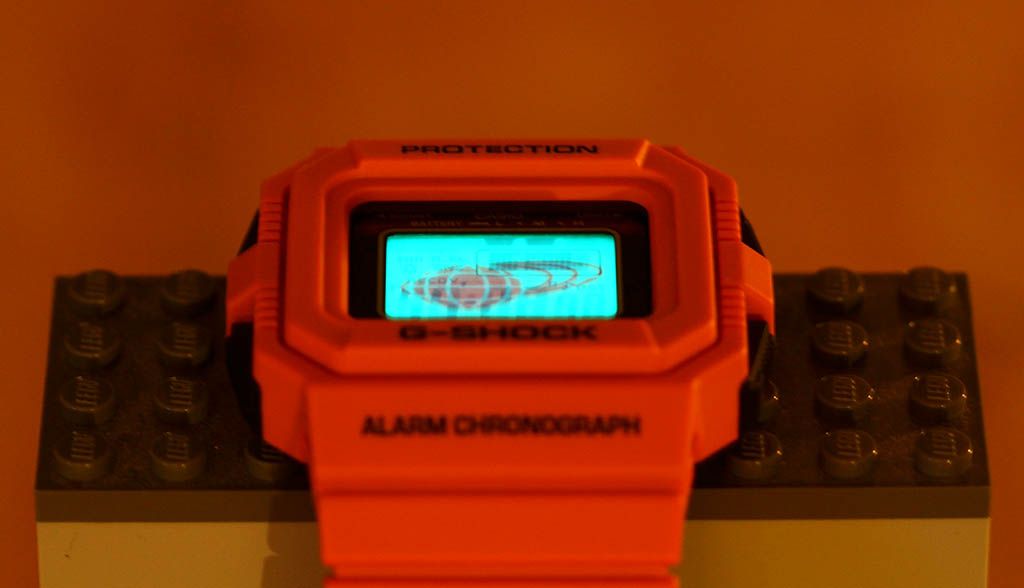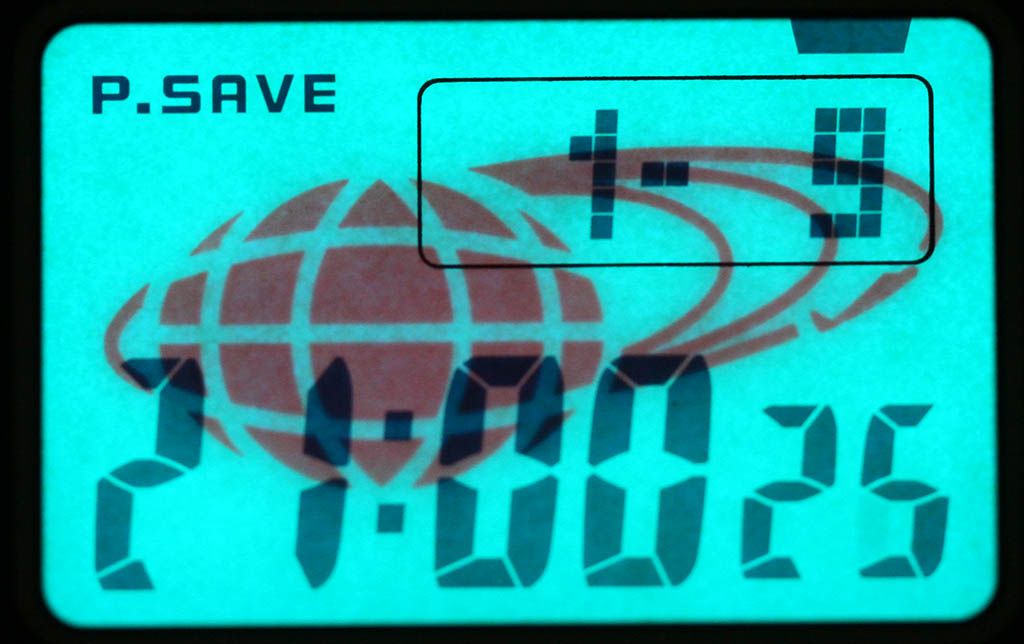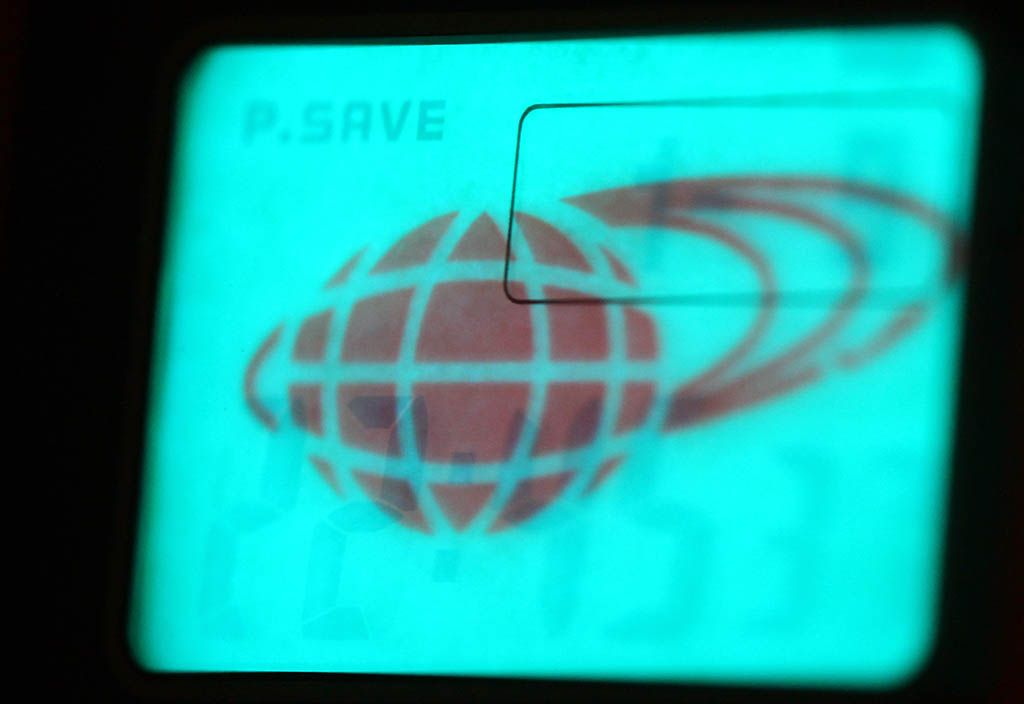Photo's above found everywhere on the web, the movie above was personally recommended by G-Mania.
Beams is a chain of Japanese Department stores. The first store opened in Harajuku in 1976. Now the stores are scattered all over Japan. Since 2005 Beams spread out over the world. First in Hong Kong, now also in New York, London, Paris and Milan. The department stores sell typical stuff you find in department stores, like furniture, interior products and of course, clothing, shoes and accessories. The clothing line designed for and sold at Beams is considered the pioneer of fashion trends. In Tokyo there even seems to be a word for it. Beam-ish. It means something like: "If it is sold by Beams, it is hot in the whole world". This is true for Japan, however, the fashion sold by Beams does not have significant influence on world wide fashion. Clothing sold by Beams is generally considered a good quality fashion for a reasonable price. This is why their clothing is very popular by the ever fashion trend sensitive men in Japan.
Apparently, there were no BLACK stickers. This problem was easy solved by putting a "BEAMS 30th Anniversary" sticker over the original stickers.
The original DW-5500C "G-Shock II" from 1985.
You might wonder: “If this is the third Beams x G-Shock collaboration, why is it called “Beams Shock II?”. You find the answer if you look to the model number G-5500BE. The base model G-5500 is based upon the old DW-5500C, released August 1985.This model was the first classic G-Shock, where you could see that Casio was experimenting with new technology on their G-Shock models. As it was marketed as a new Generation G-Shock, it was also nicknamed by Casio as the “Master of G”. To mark it as a new generation, it didn’t had simply written G-SHOCK on the bezel, but G-SHOCK II. Like the DW-500C’s nickname “Baby-G” eventually lead to a new line, also did the DW-5000C “Master of G”. It became a premium line with the latest technology applied to special purpose G-Shocks. The DW-5000C can also be seen as the father of the Mudman line, as it was the first model with a bezel that covers the whole case. The buttons are placed under soft parts of the bezel. The weakest part of the G-SHOCK II were these soft parts on the bezel. There are not many known left that have the button parts intact.
The Beams Shock II distinguishes from the basic G-5500, beside the color setting, in the brand name below the display and by the pretty cool, sometimes described as cartoonish, logo on the back and in the EL backlight. It’s a good reason to set the EL Backlight duration to 3 seconds. The orange color used for the resin is not the bright Orange as used on the Men in Rescue Orange and Rescue-G series. It is more a kind of vintage orange, which somehow matches the BEAMS logo perfectly. Of course the cardboard box it comes with, in the trademark black/orange colors, is covered with the brand name and logo.
While shooting pictures for this 50 Gs article, I received this very cool light box by TR853-1 (Trase Oner)
In September 2006 the DW-5500C design was picked up by Casio again in the form of the G-5500 in the original black/red colors, a year later followed by the GW-5500 models. As there is a 21 year gap between the old and new 5500 models, I assume the quality of the resin in the softer parts now have been improved. I pretty much think I’m right, as I have not yet heard of people with cracked button covers yet, while these models are floating around for quite some time. In 2007/2008 there were even sold quite a lot of GW-5525A’s in the US as part of the 25th Anniversary Black Dawn series. My personal experience is that all the 5500 style models are very comfortable, probably because of the slightly wider straps than usual. Though, you need to push covered buttons harder than normal buttons, the button operation on the 5500’s is not very hard, specially compared to the GW/G-9000 Mudman series, which are pretty much harder to operate.
The G-5500BE models are powered by a solar panel around the display and a Panasonic CTL1616 storage battery. A fully charged battery can store enough energy to power the watch for 13 months in the Power Save function. The battery used is probably the improved CTL1616 battery, as this model is not known for the Recovery Blues. Even better. Since I bought these watches in 2008, I actually left them in their boxes. Now, more than 6 years later, the batteries of both my Beams ShockII’s were, of course, totally drained. It took me about an hour under a lamp to revive them a little. After about 4 or 5 hours, the battery started holding charge again. Of course, completely draining a rechargeable battery is very bad, but I was quite amazed that after a short winter’s day, behind a window and a cloudy rainy sky, the charge was a firm Medium.
So, what’s on board of this G-5500BE. The heart of this wristwatch is the 3062 module. The lay-out of the display is looking similar of the classic DW-5X00C watches. It is not a big surprise to learn this module is also used in some G-5600 models. It might look classic, but sure a lot has changed since 1983. Still the functions on this model are considered basic. Besides Timekeeping, you find a 48 city, 29 time zones World Time Mode, an Alarm Mode with 4 normal Alarms, a Snooze Alarm and of course the Hourly Time Signal, a 24 hour Countdown Timer Mode and last a 24 hour Stopwatch function. The Timekeeping Mode is connected to a Home City and you can also change to DST and back. If you buy a G-5500 model, be sure before setting the correct time, first to choose your home city. Best is of course if you live in that Home City, but most of the time you have to choose a city that represents your time zone. As I live in the South of the Netherlands, it’s pretty logical for me to choose Paris as Home City (approximately 370 kilometers). As Berling (890 km), Madrid (1650 km) , Barcelona (1400 km), Milan (1100 km), Rome (1600 km) and Stockholm (1600km) are located in the same time zone, it is also OK for me to choose one of these cities. This linking of time to a time zone is pretty handy when you travel a lot. Instead of looking up and setting your watch, you simply change your Home City. As an extra you can use Auto-EL Backlight and set the Illumination Duration (between 1.5 and 3 seconds). The last function is absent on the 3160 module, which is used on several other G-5500 models (like the City Code models, for instance).
I bought both these Beam Shock II models back in 2008 from an American collector. I do not know what I paid for theses, but I remember they were not cheap, although luckily not for the unreasonable inflated prices you pay nowadays for these kind of collabs. I think the price was around $225,- each ($450 a pair).. Actually, this model is nowadays not easy to find, though, it was widely available at the Beams stores at the release and in the Zozotown on-line shop. I have seen recently 2 orange G-5500BE for sale for around ¥21000 in Japan., so I would say the price of $225 - $250 is reasonable. The product limitation on these G-5500BE models were 2000 of each. Since they were very popular, they are not easy to find, specially the orange version. The original store price was ¥19425.


